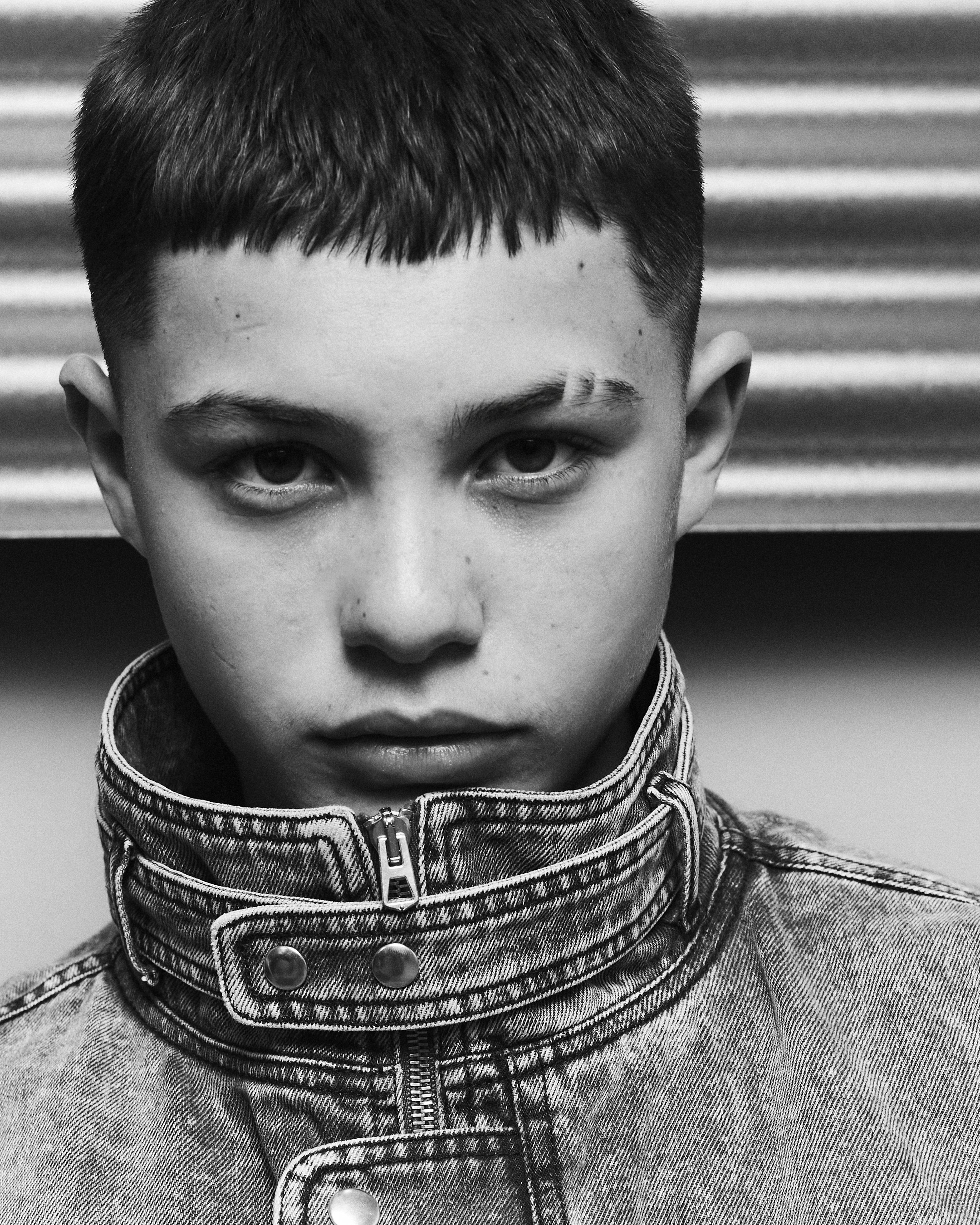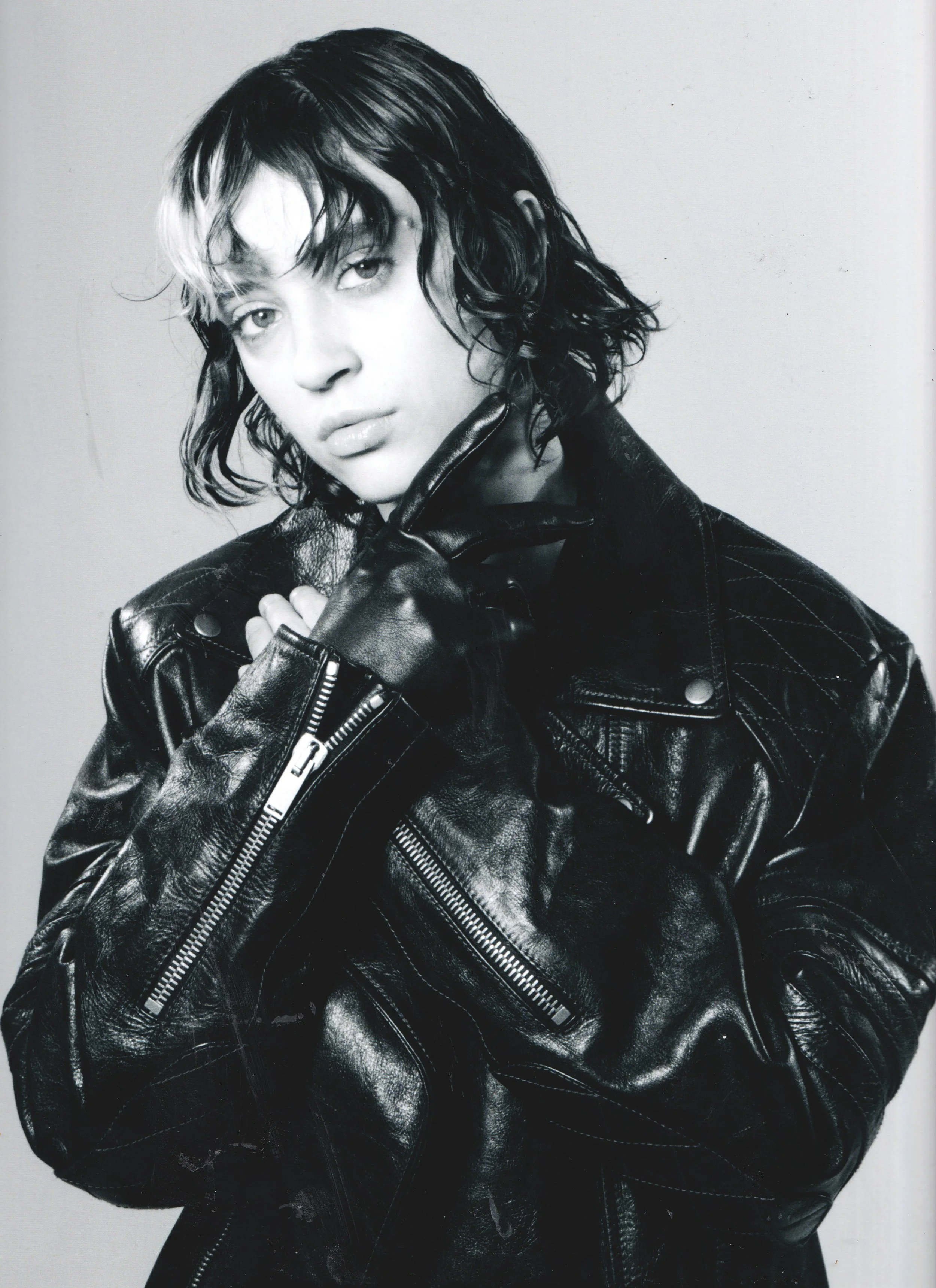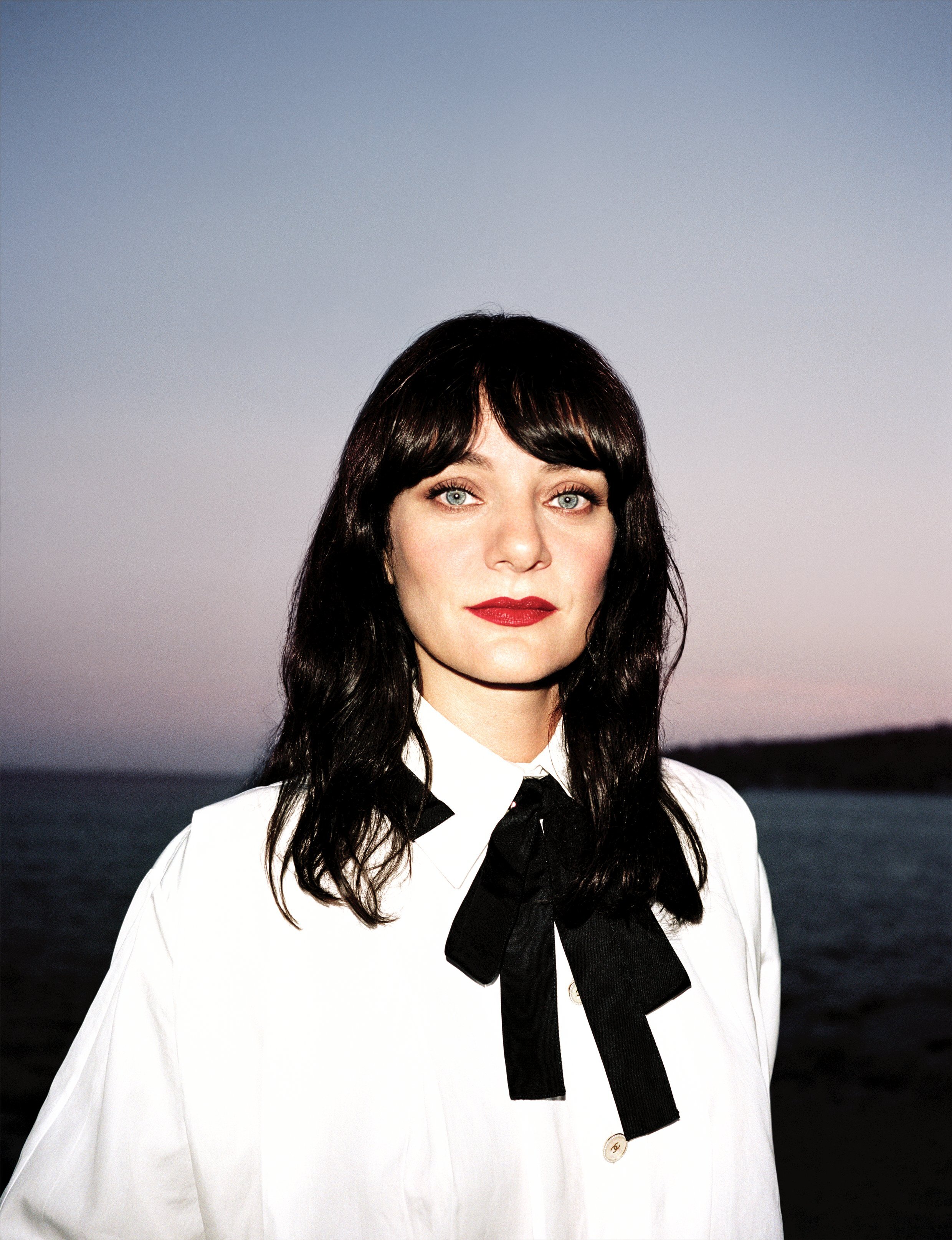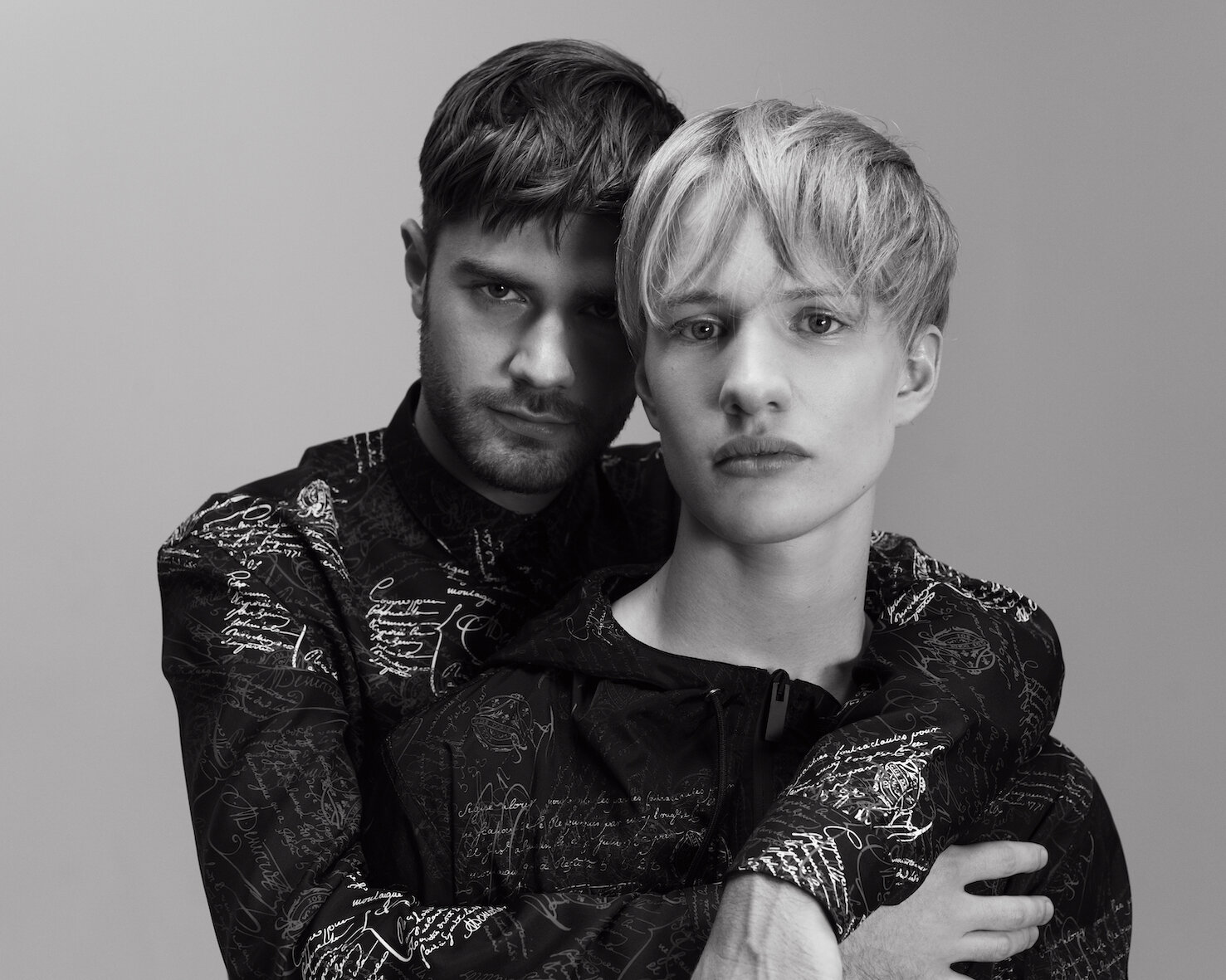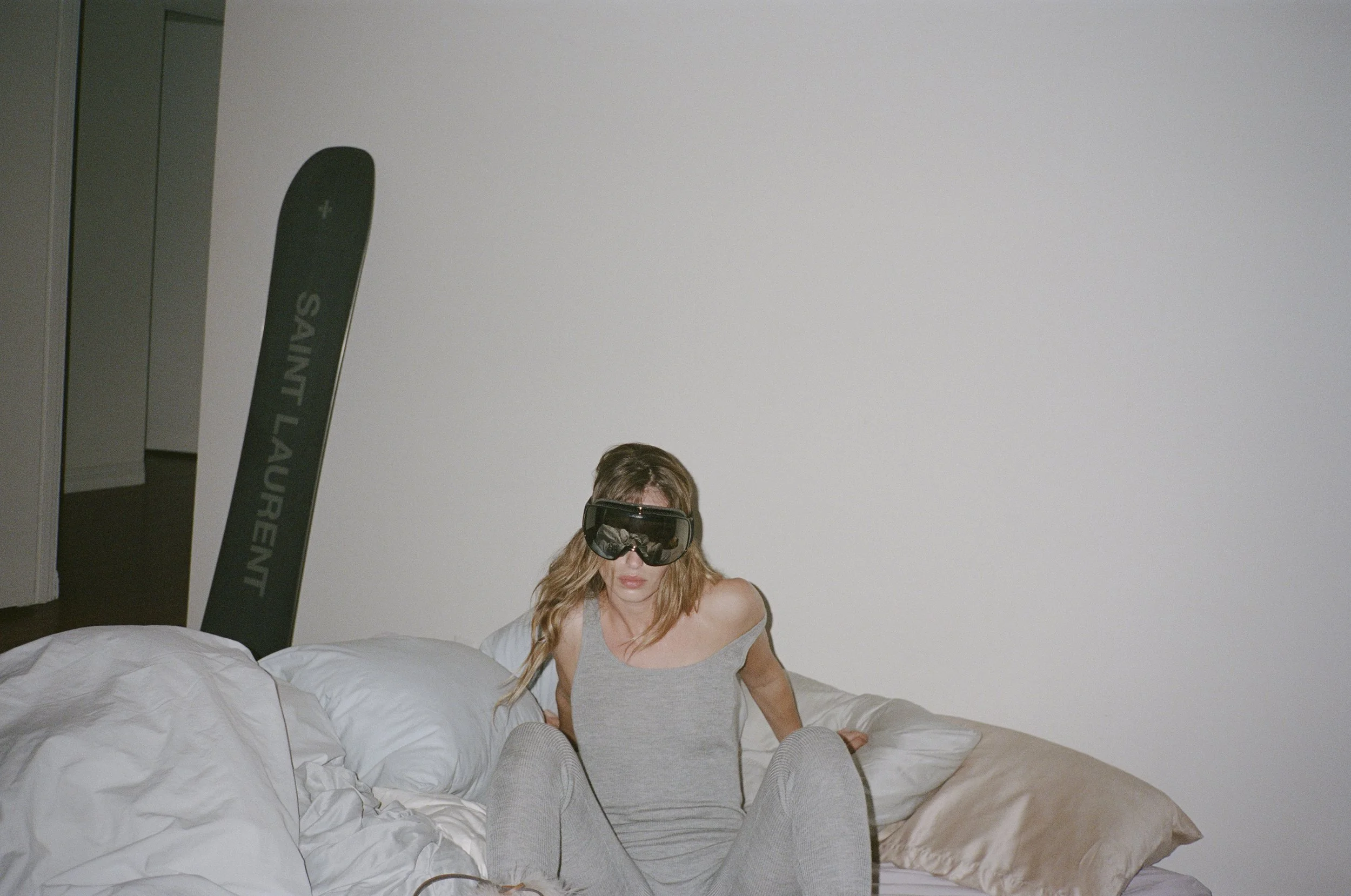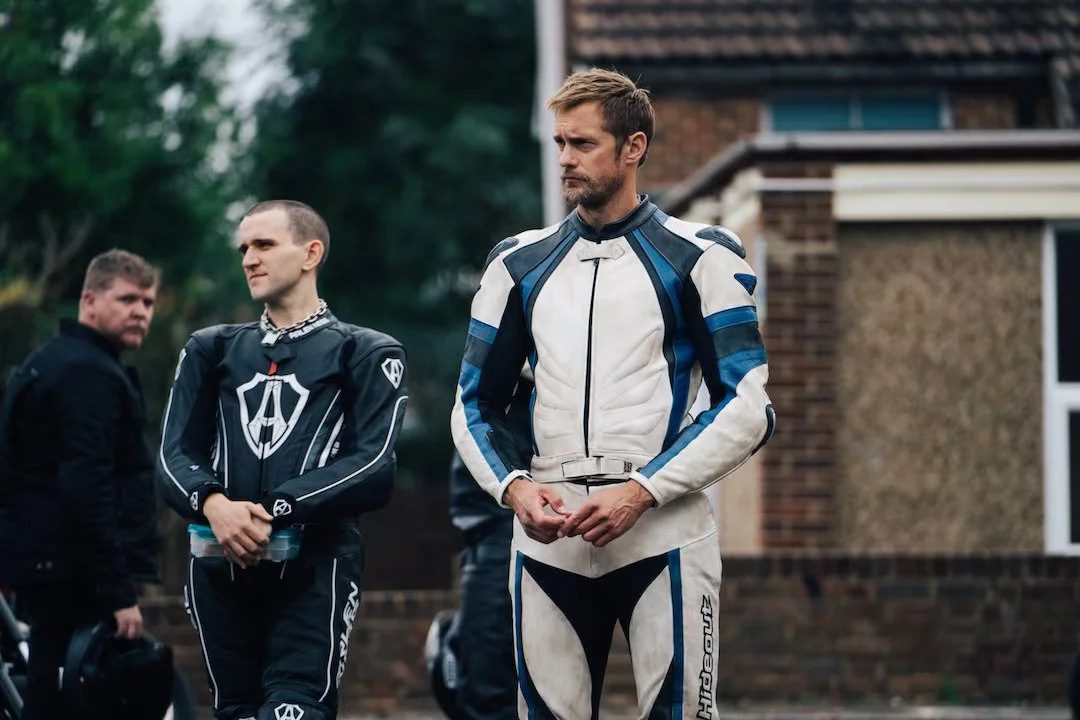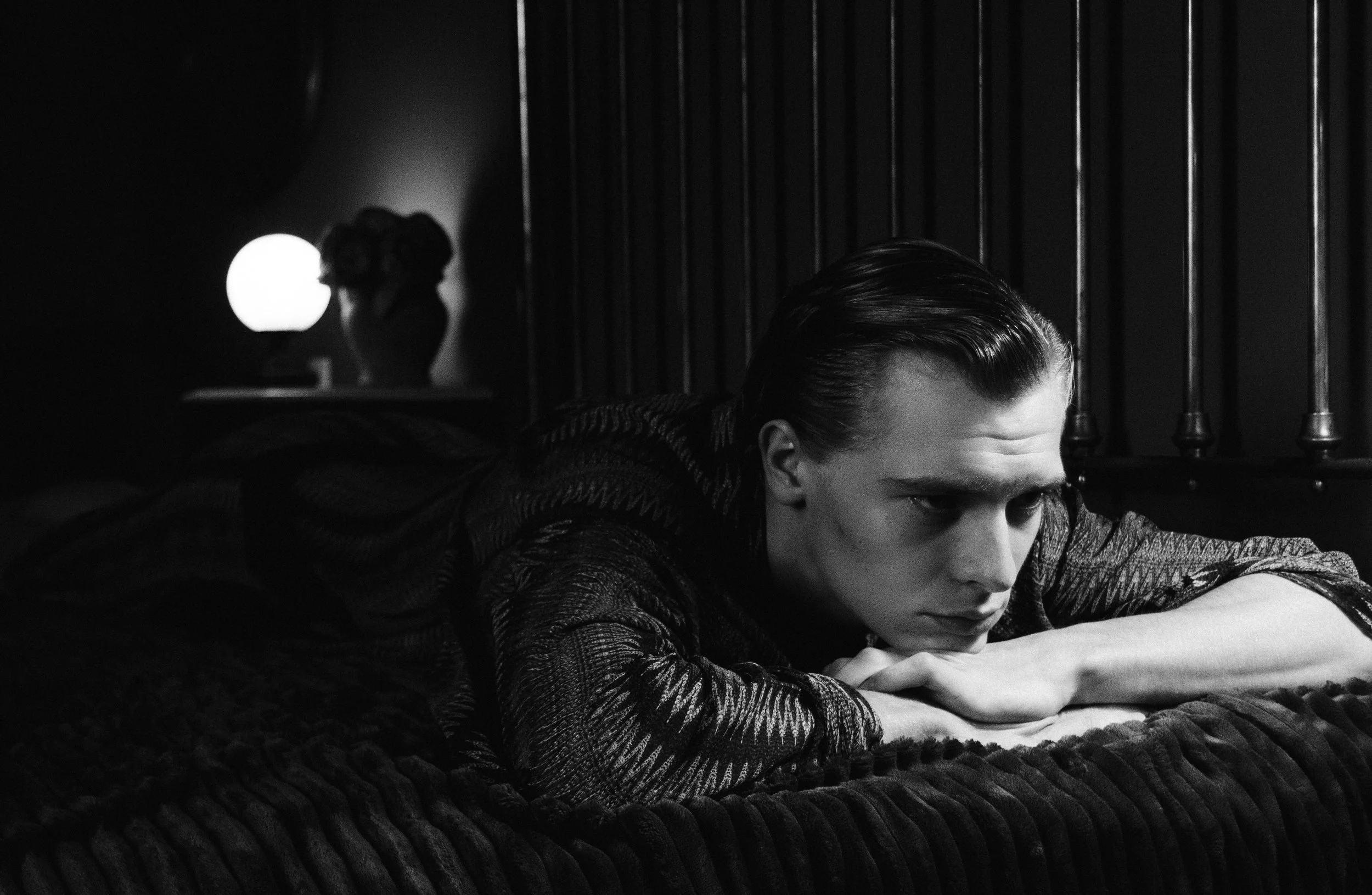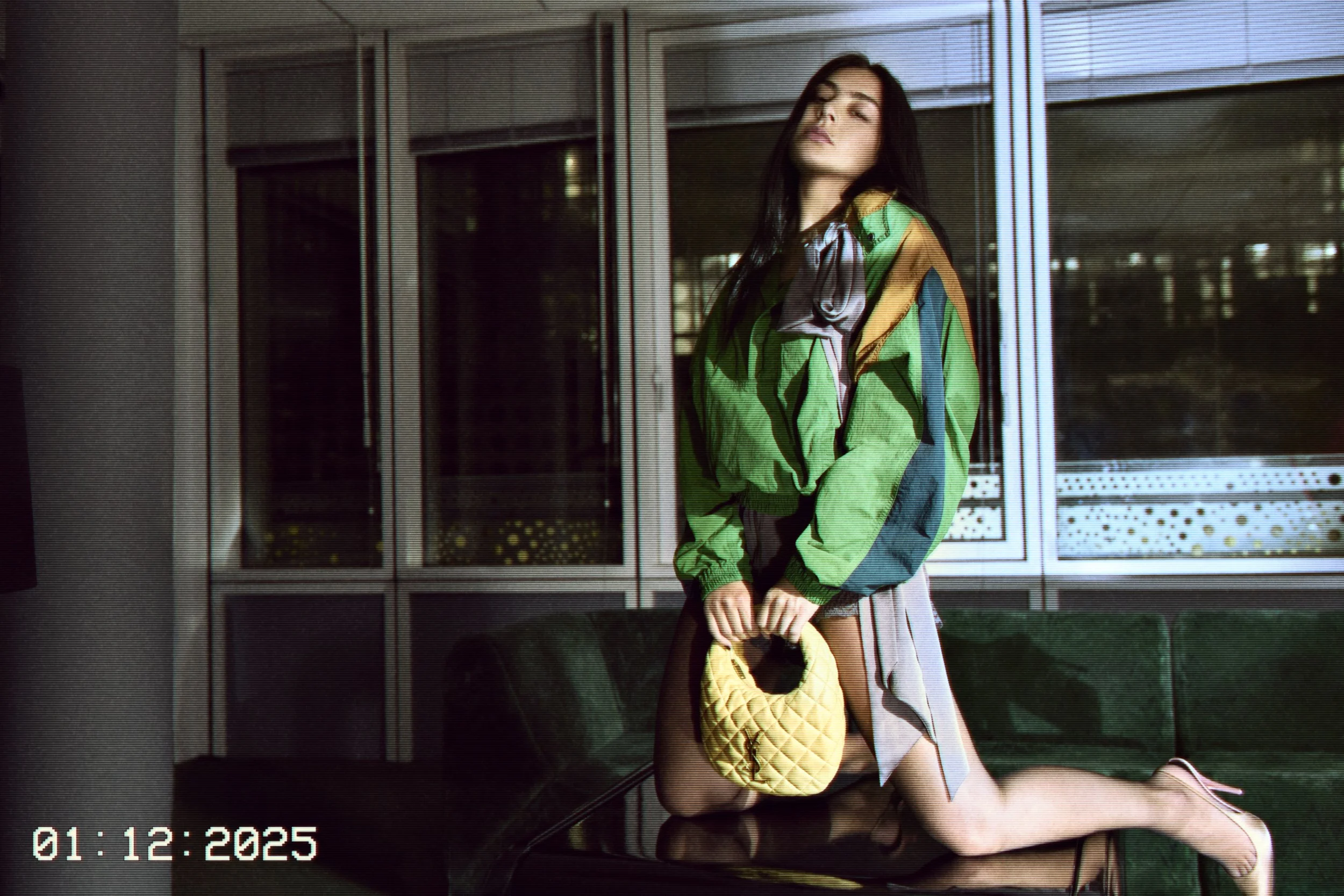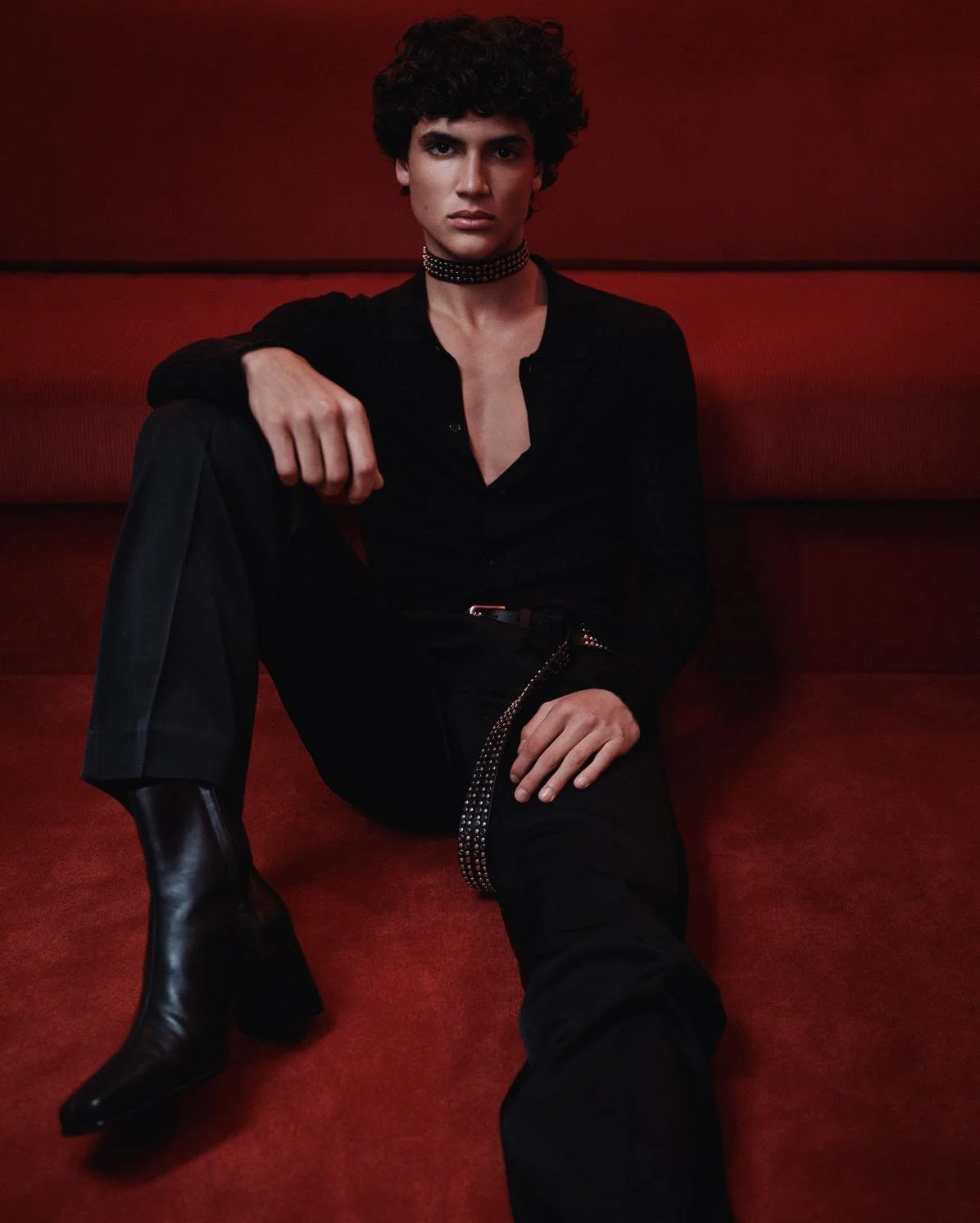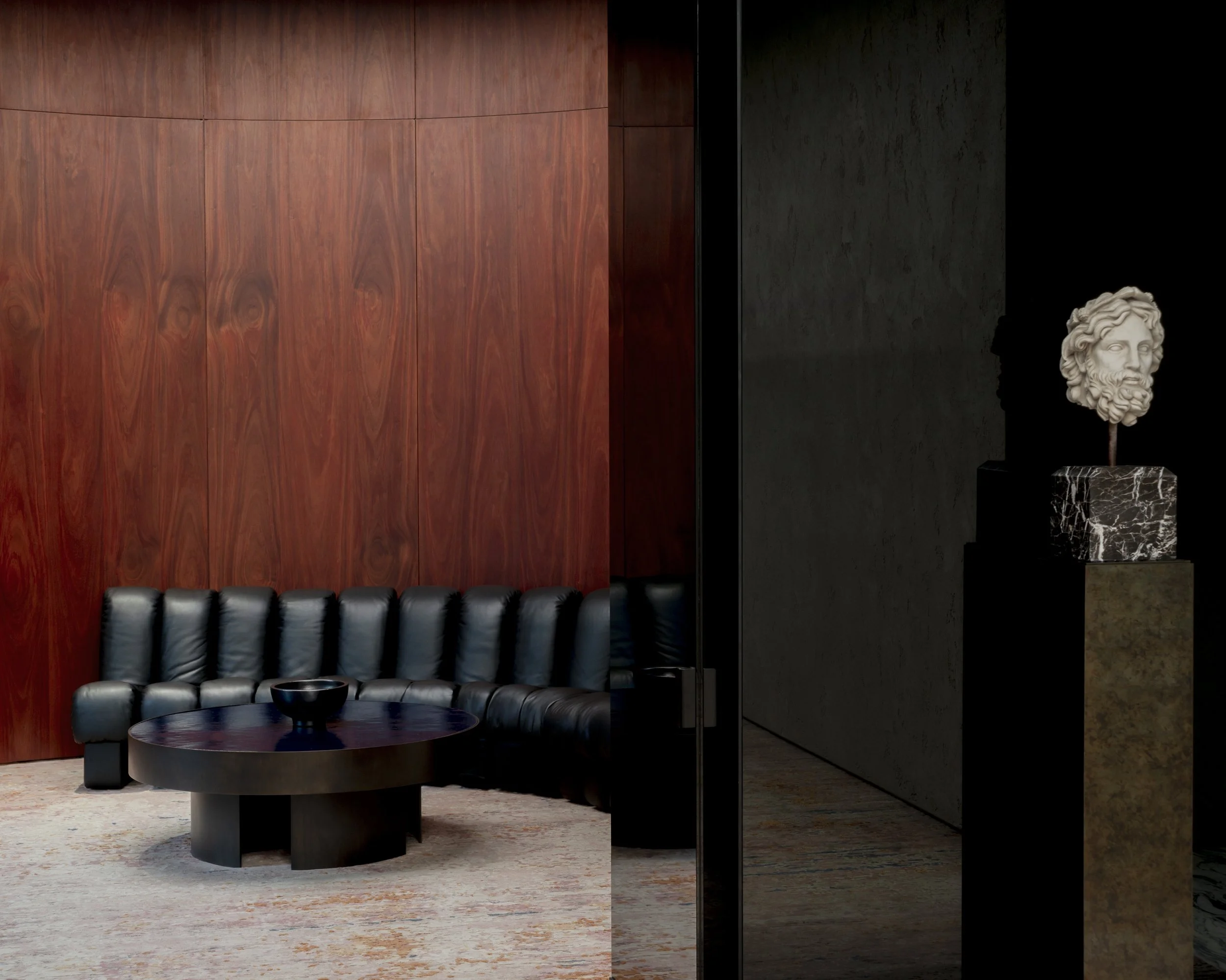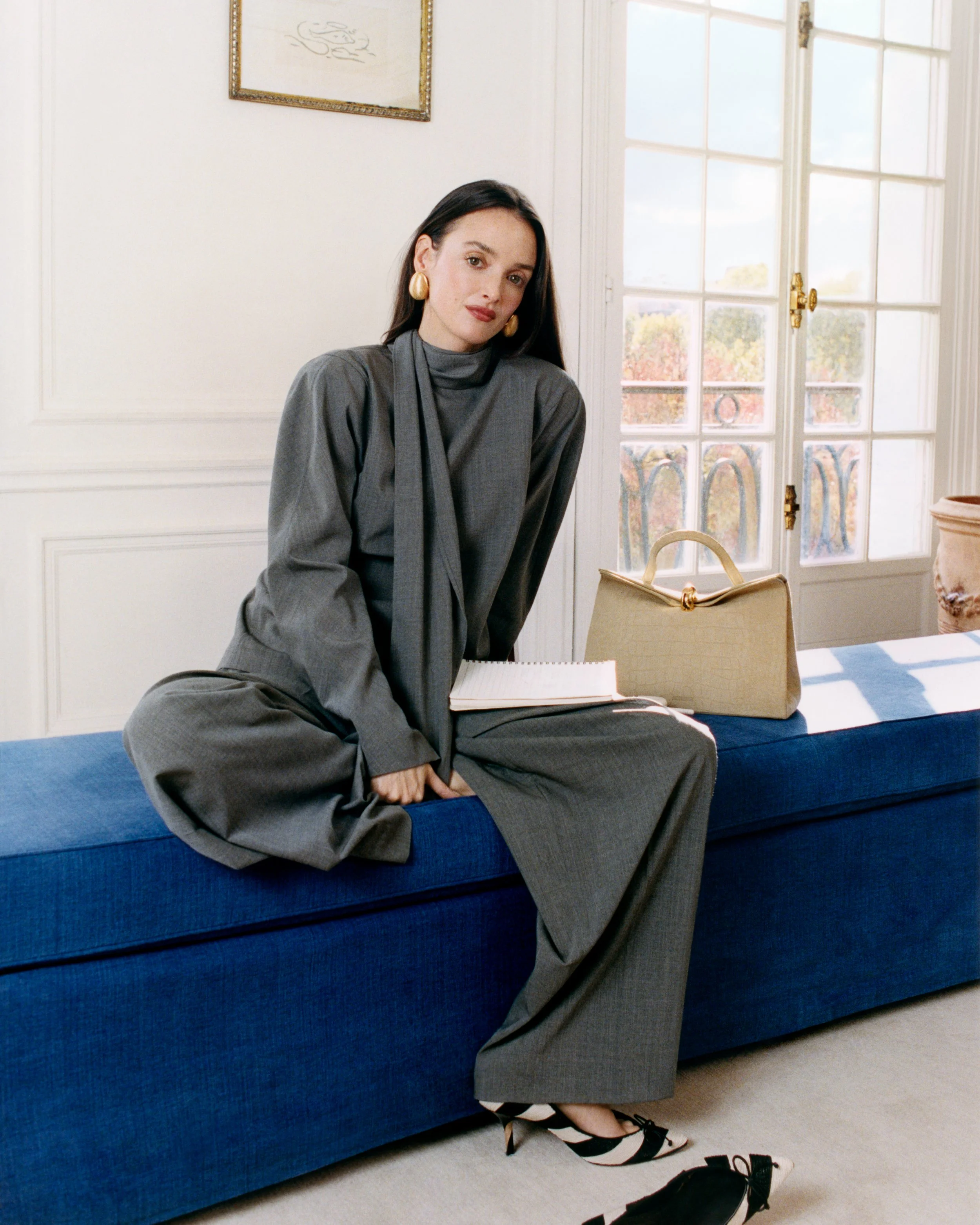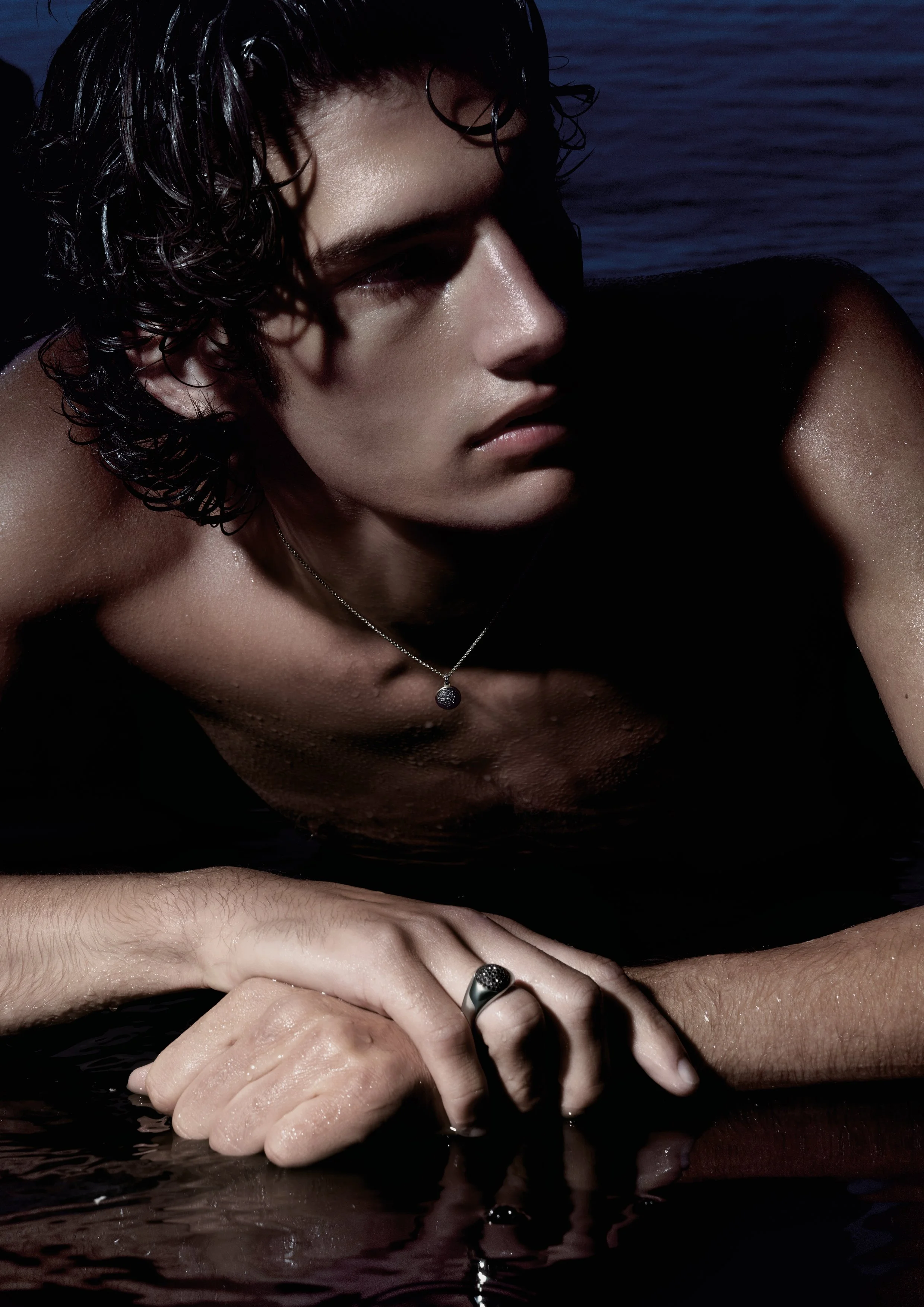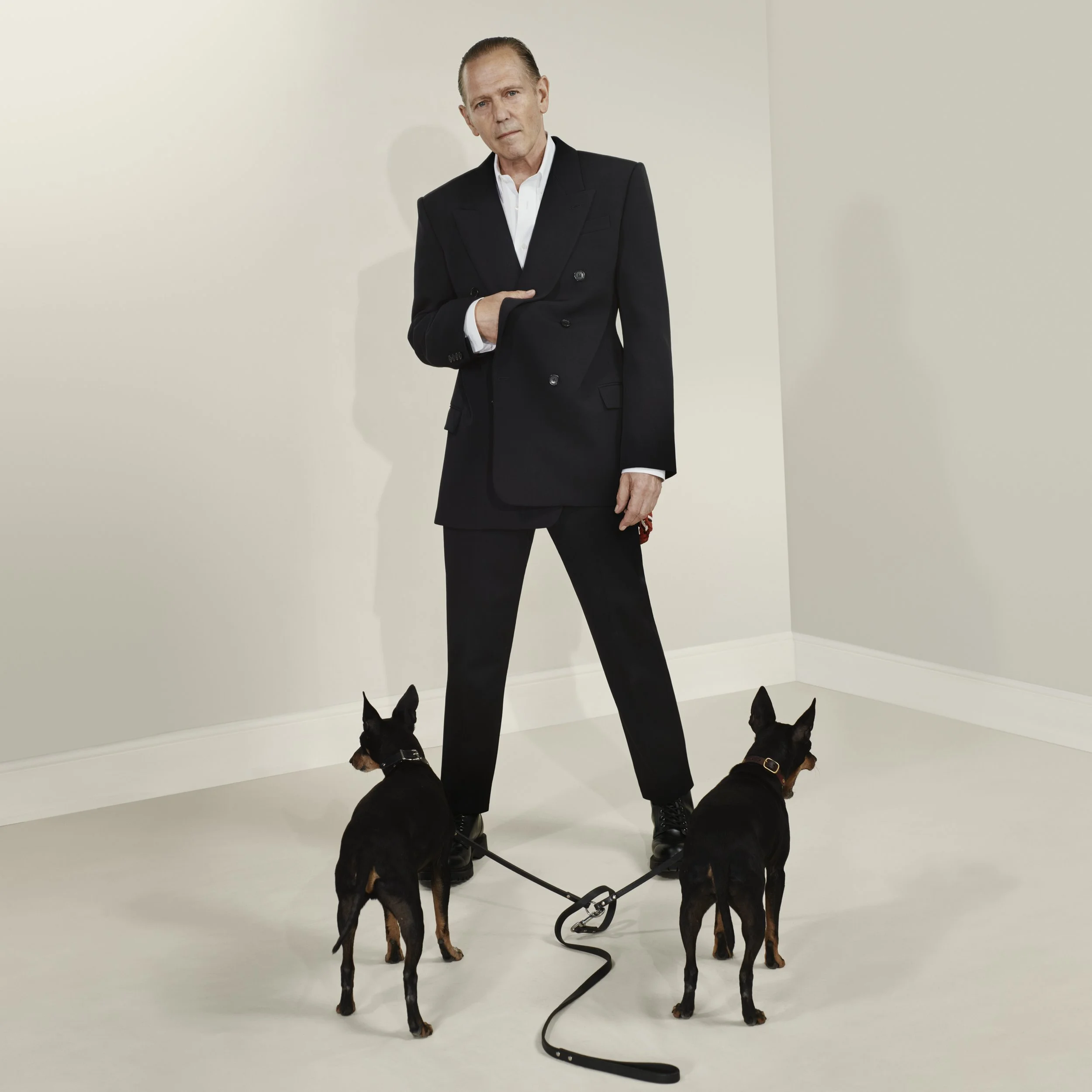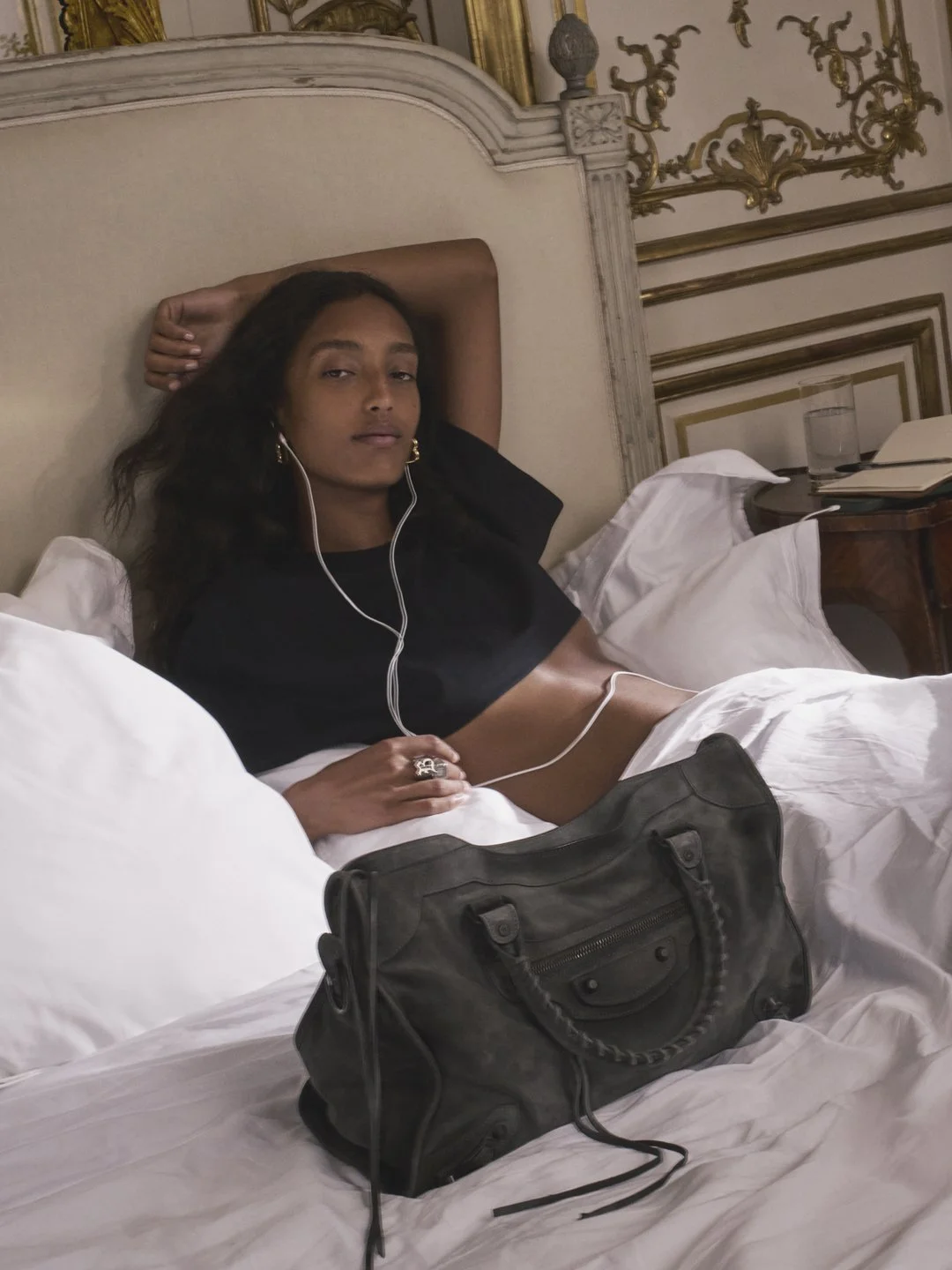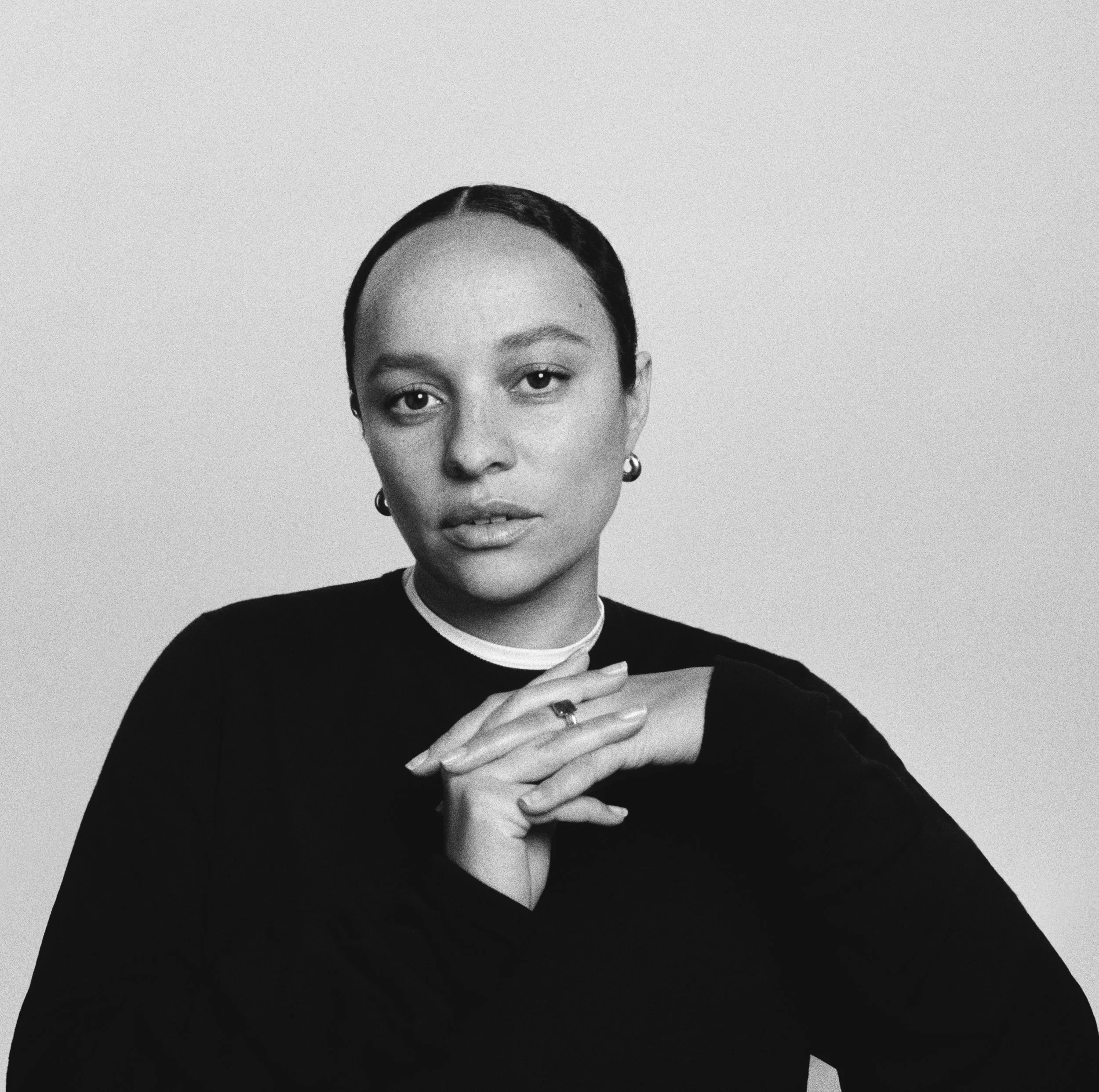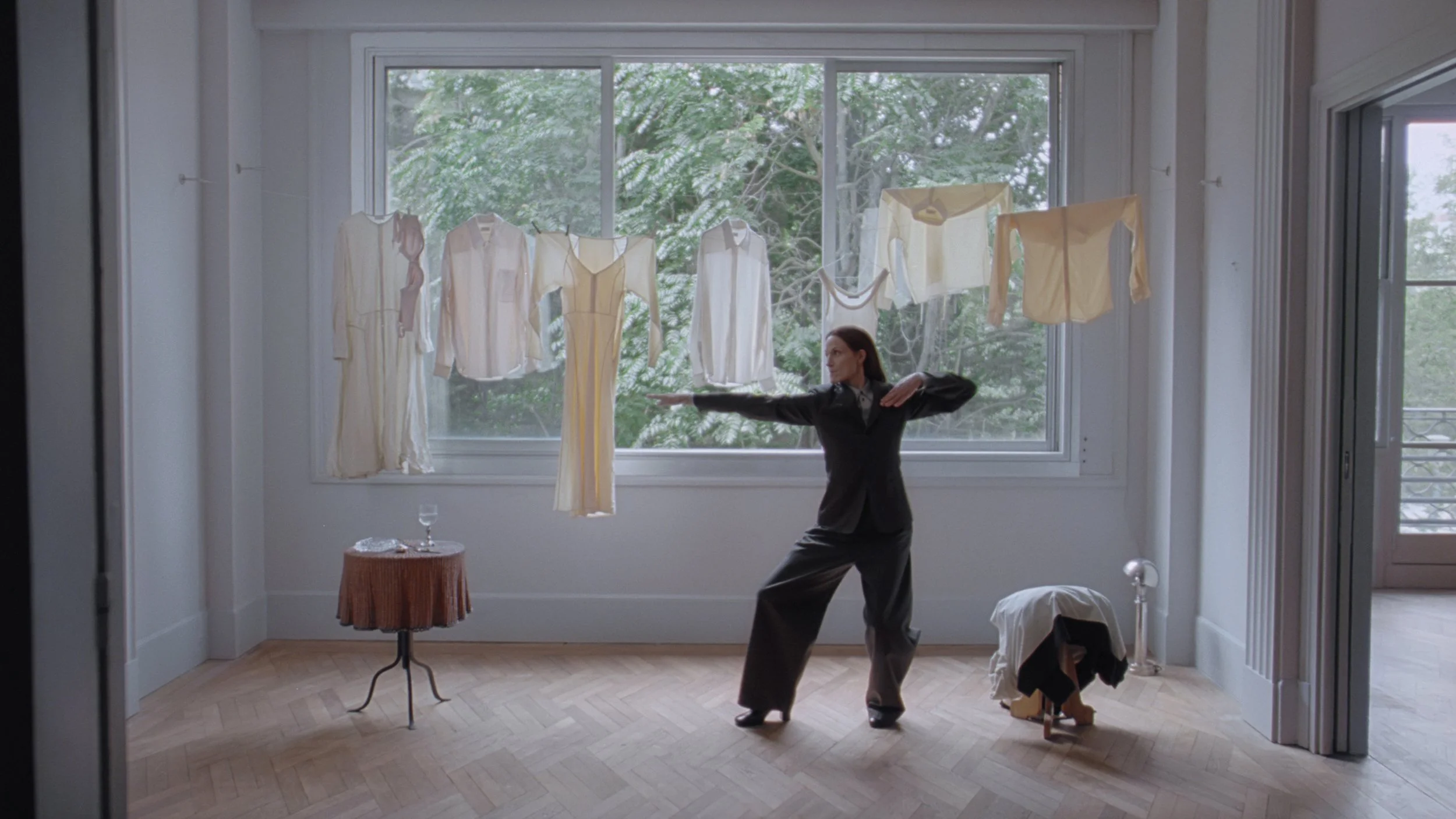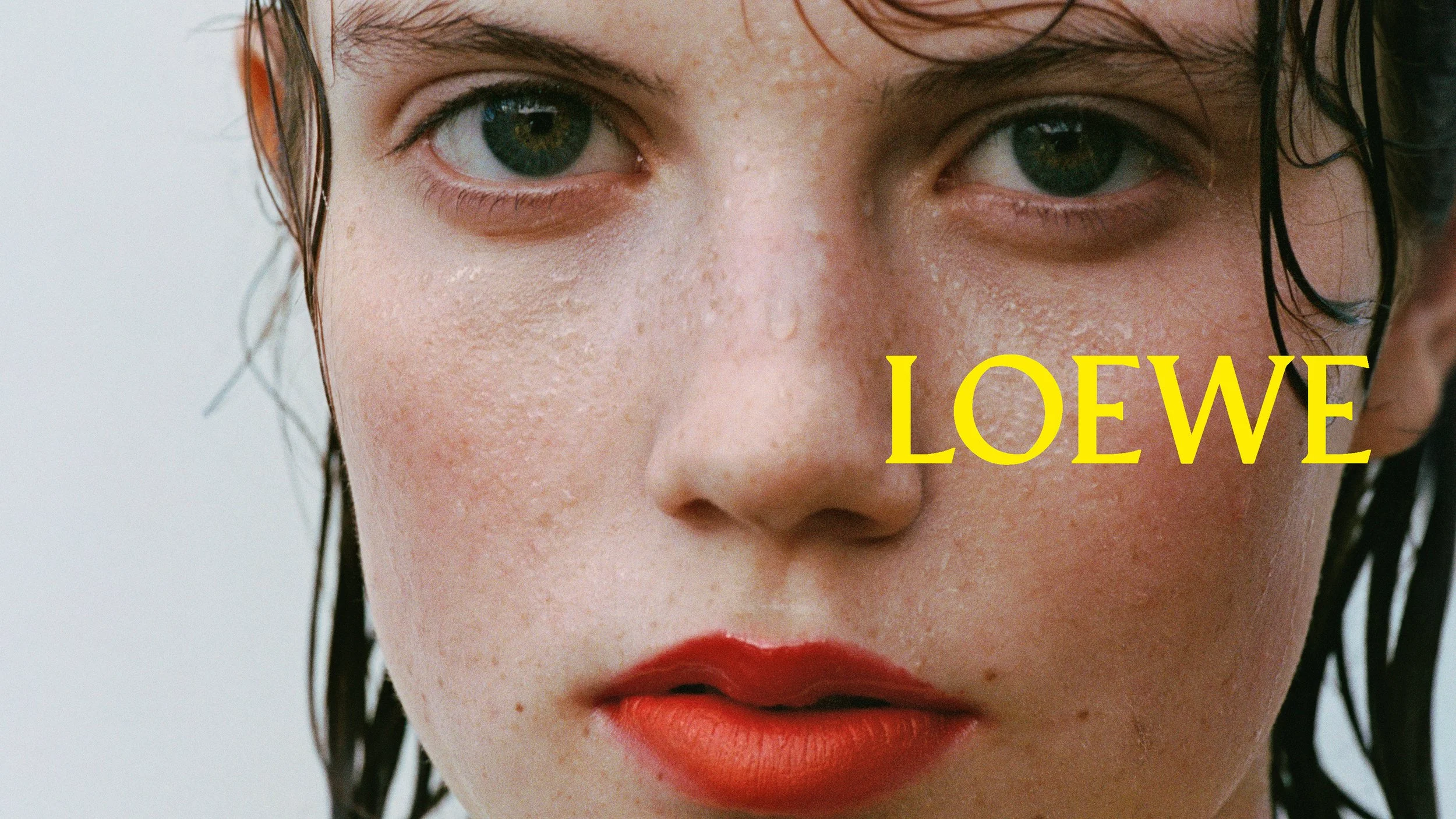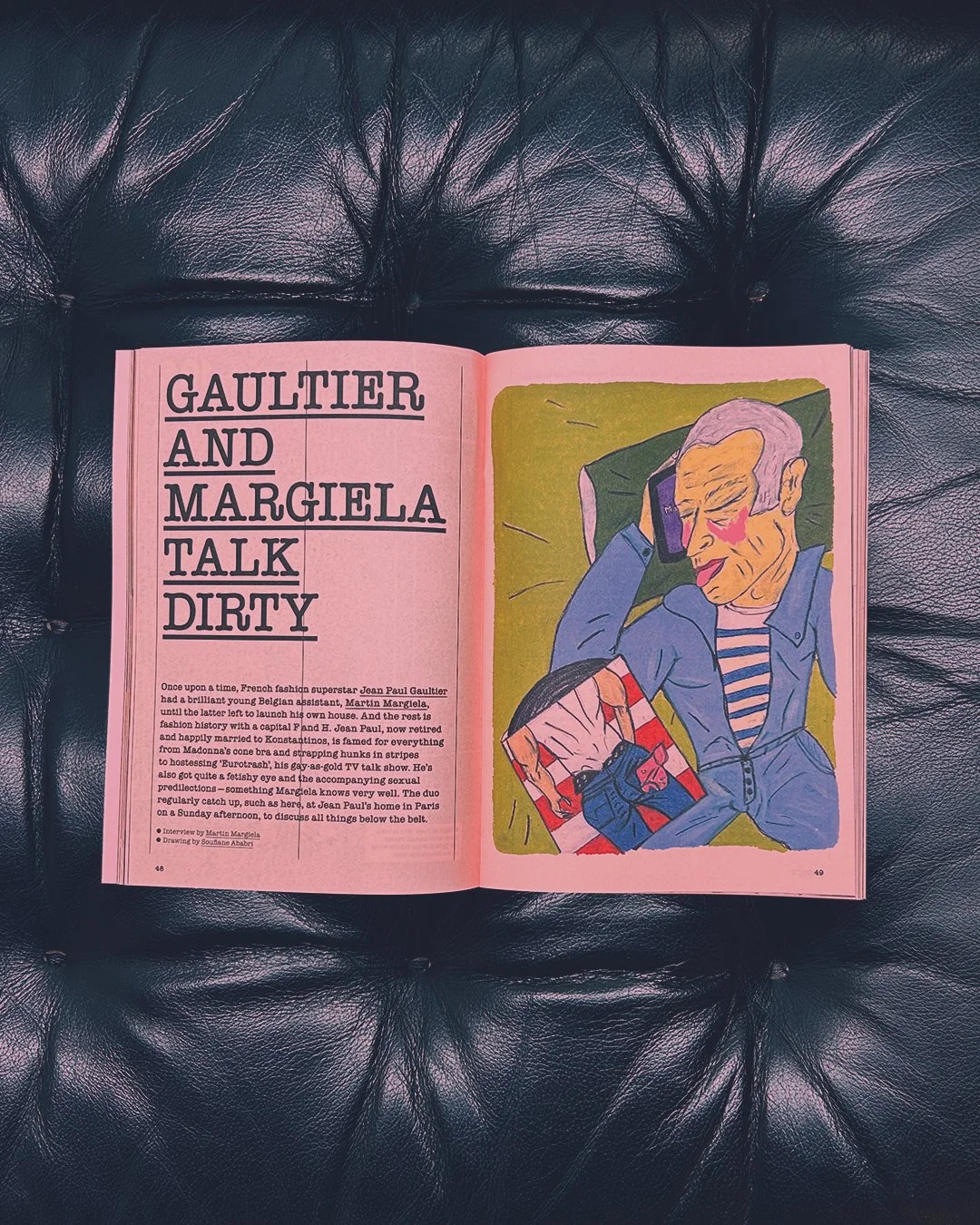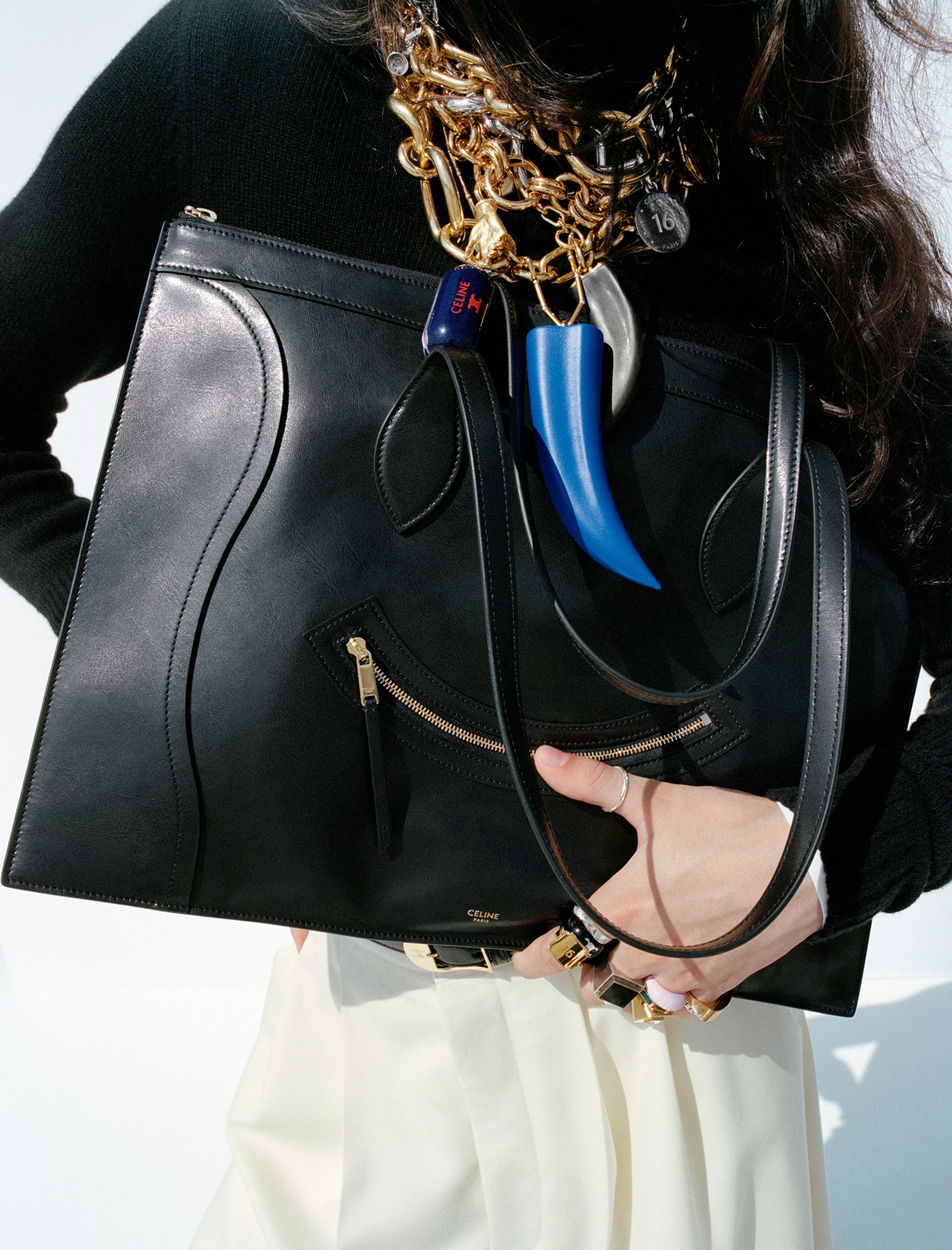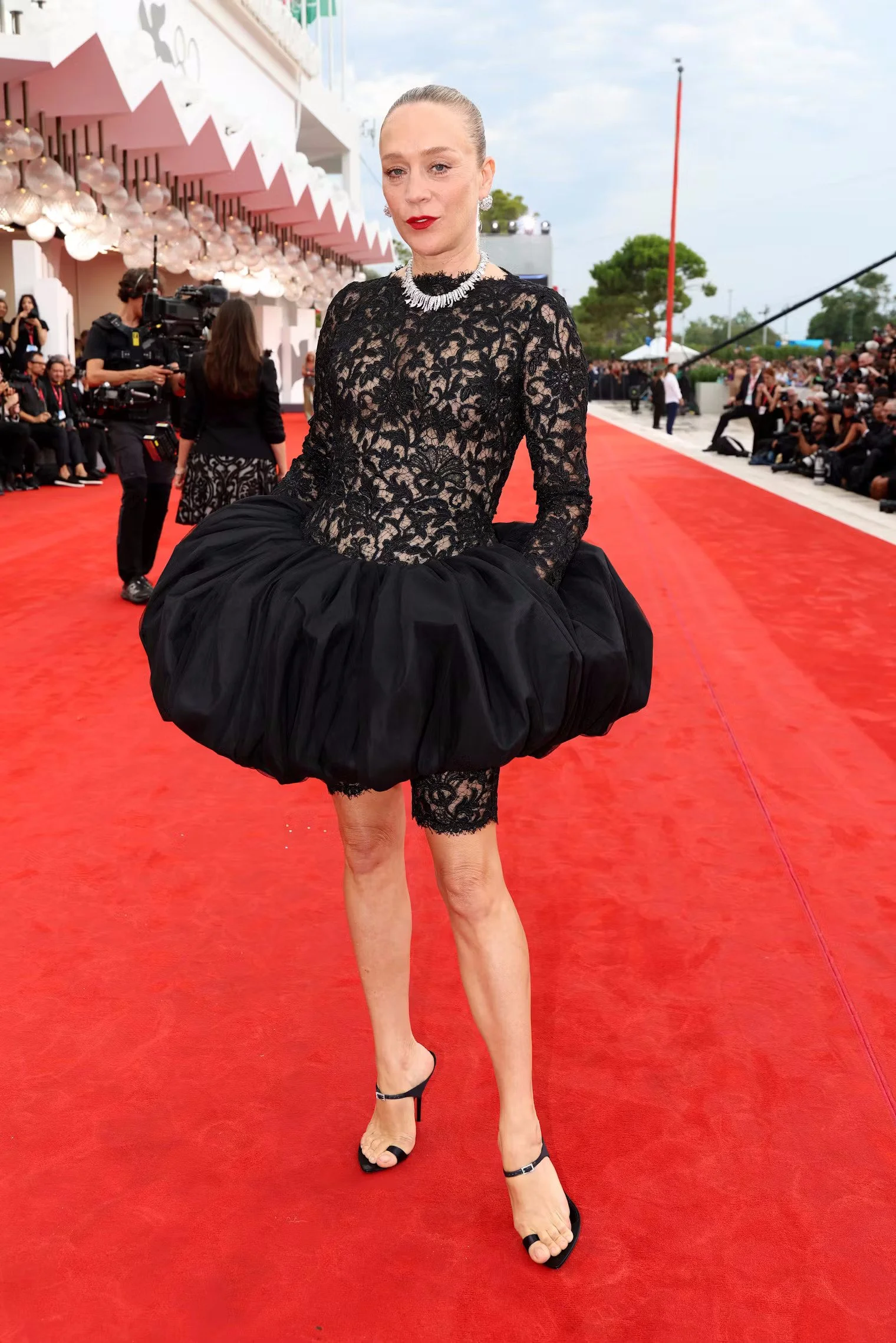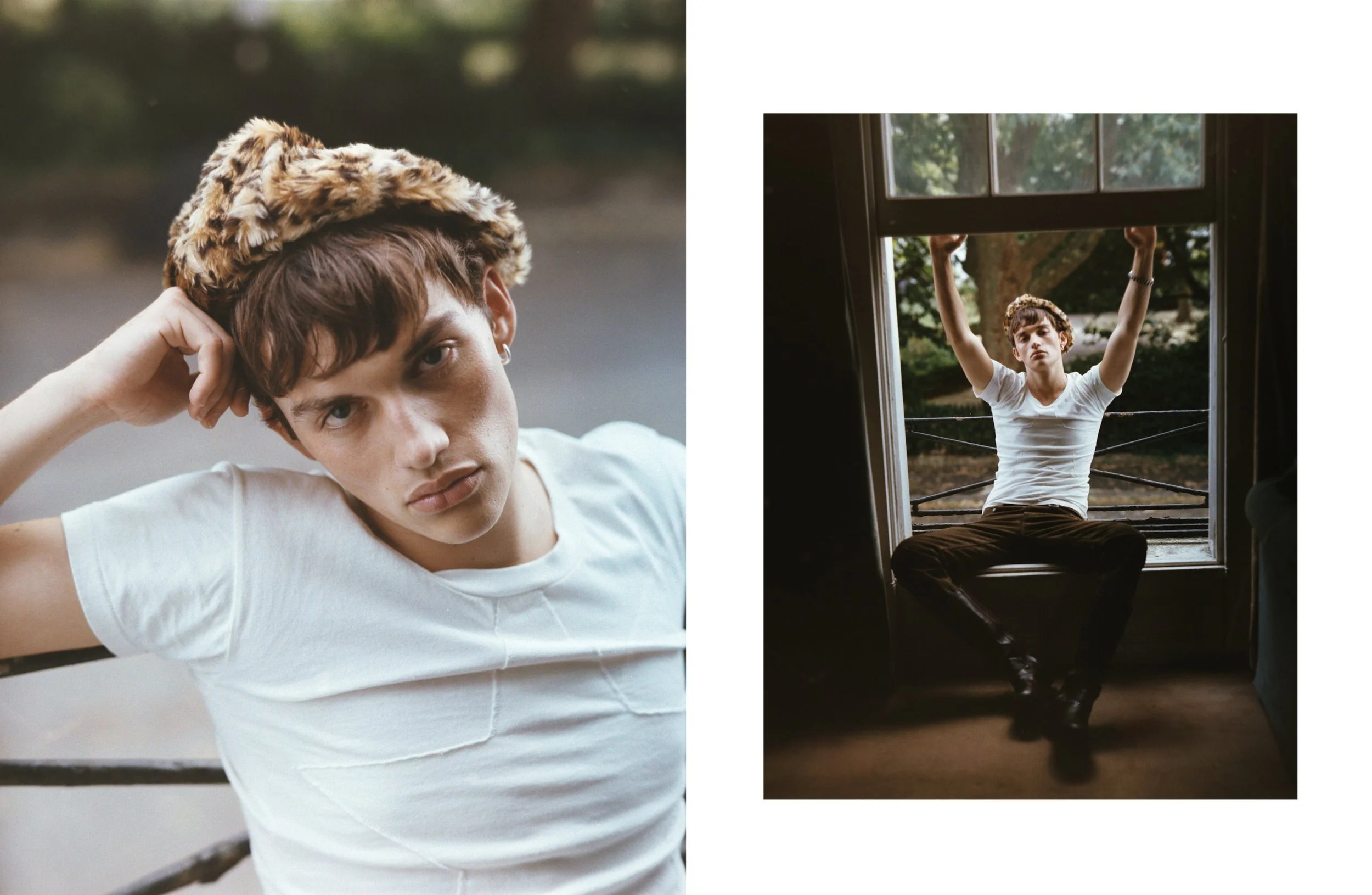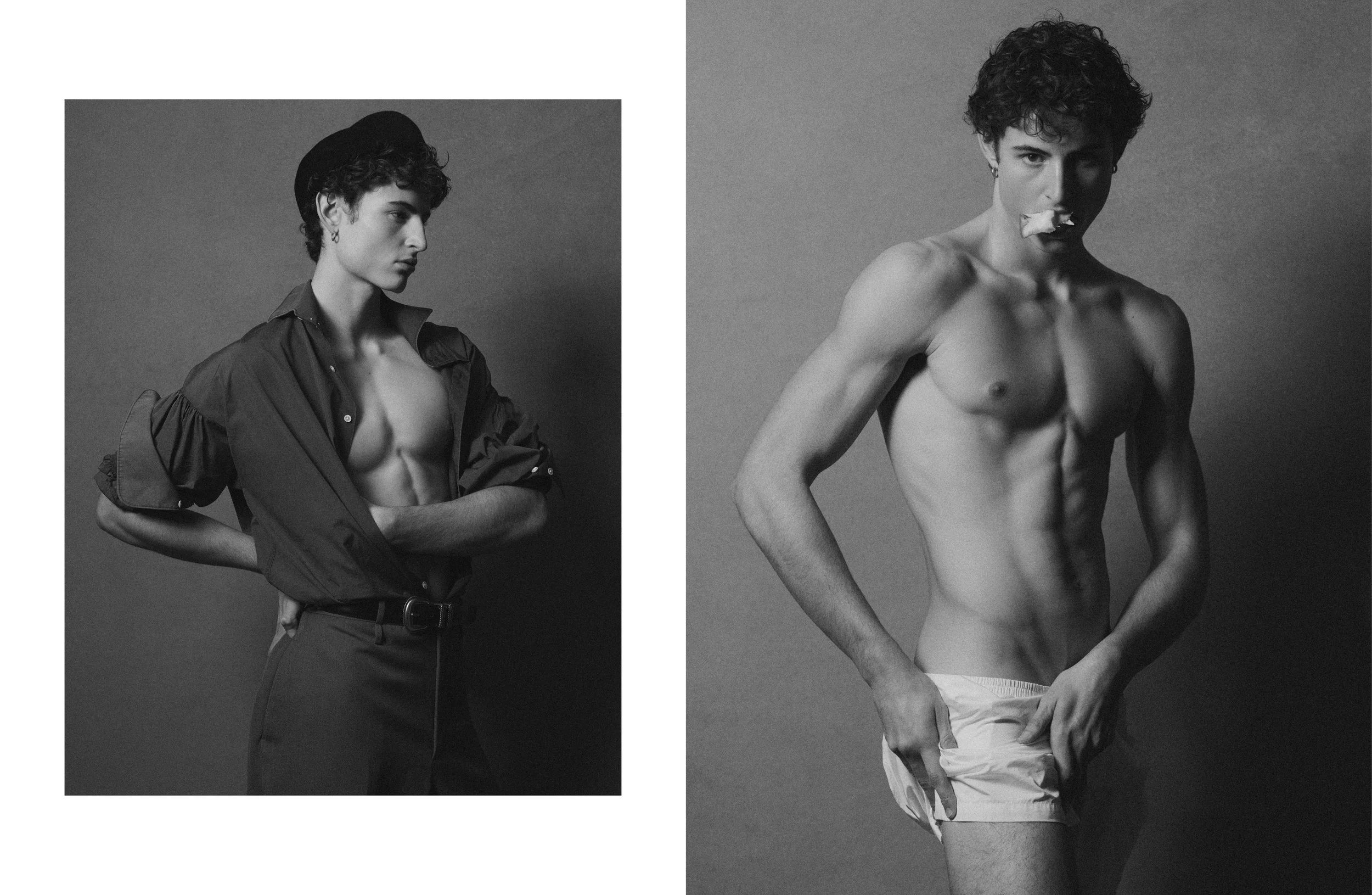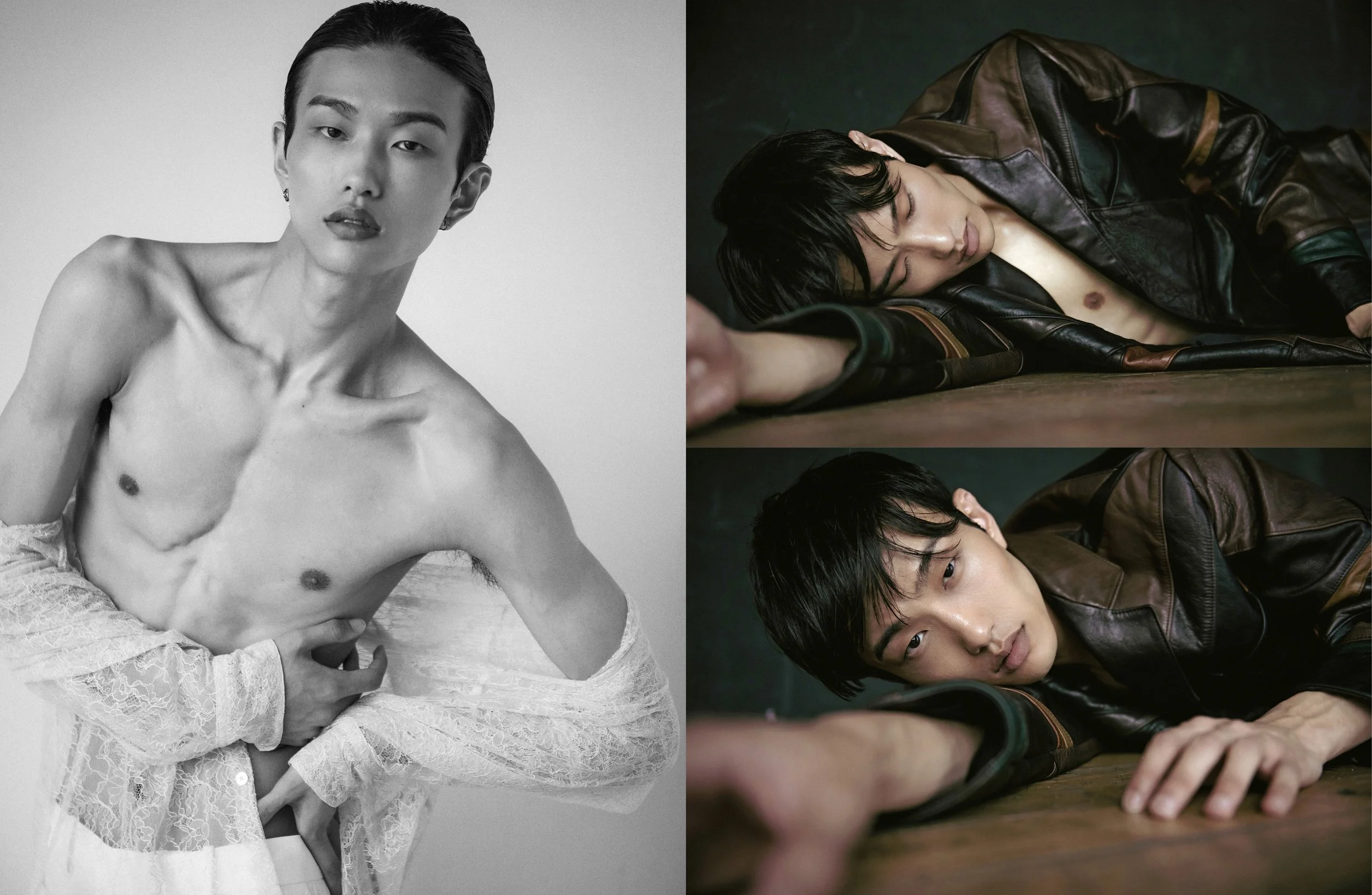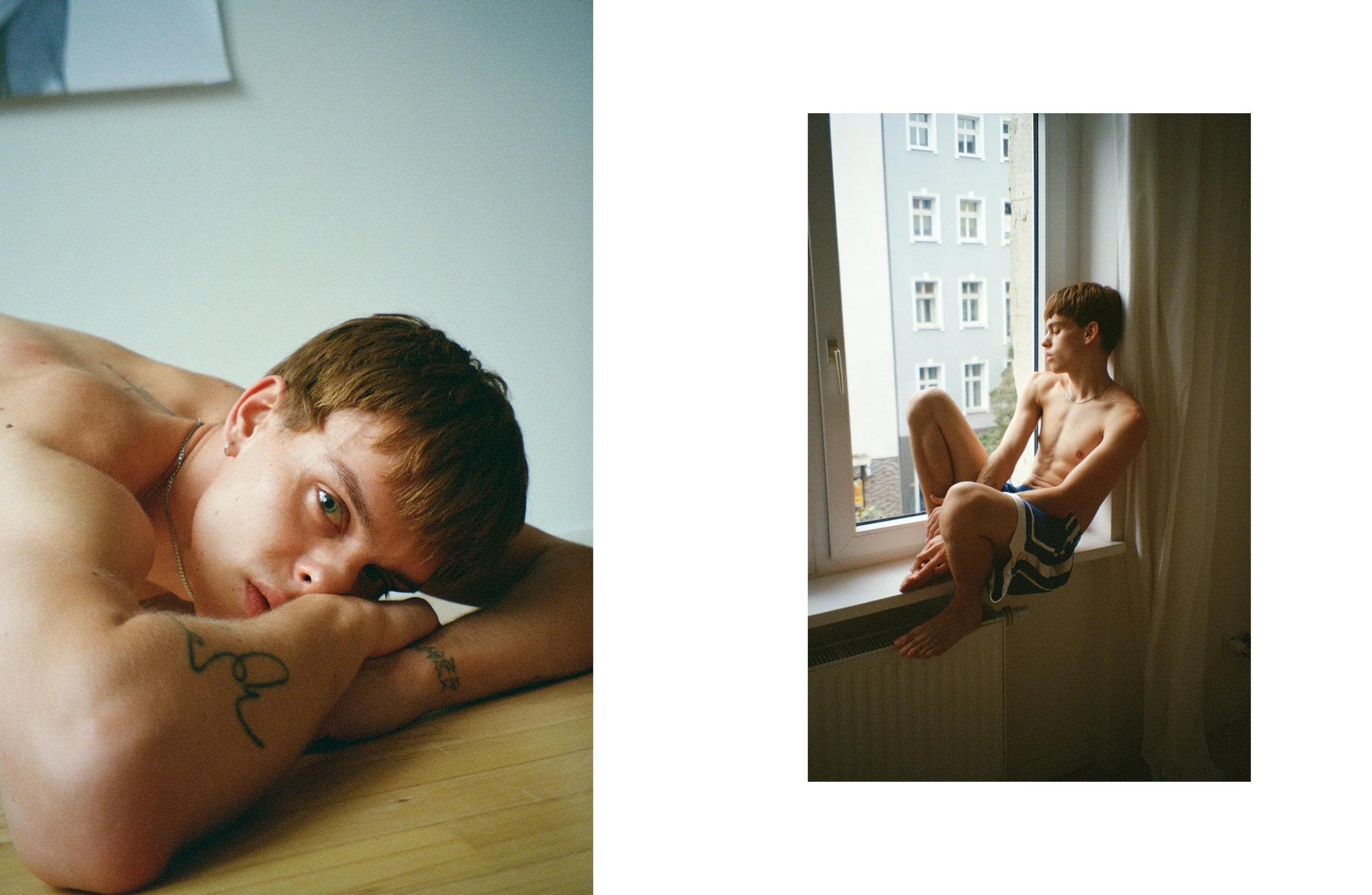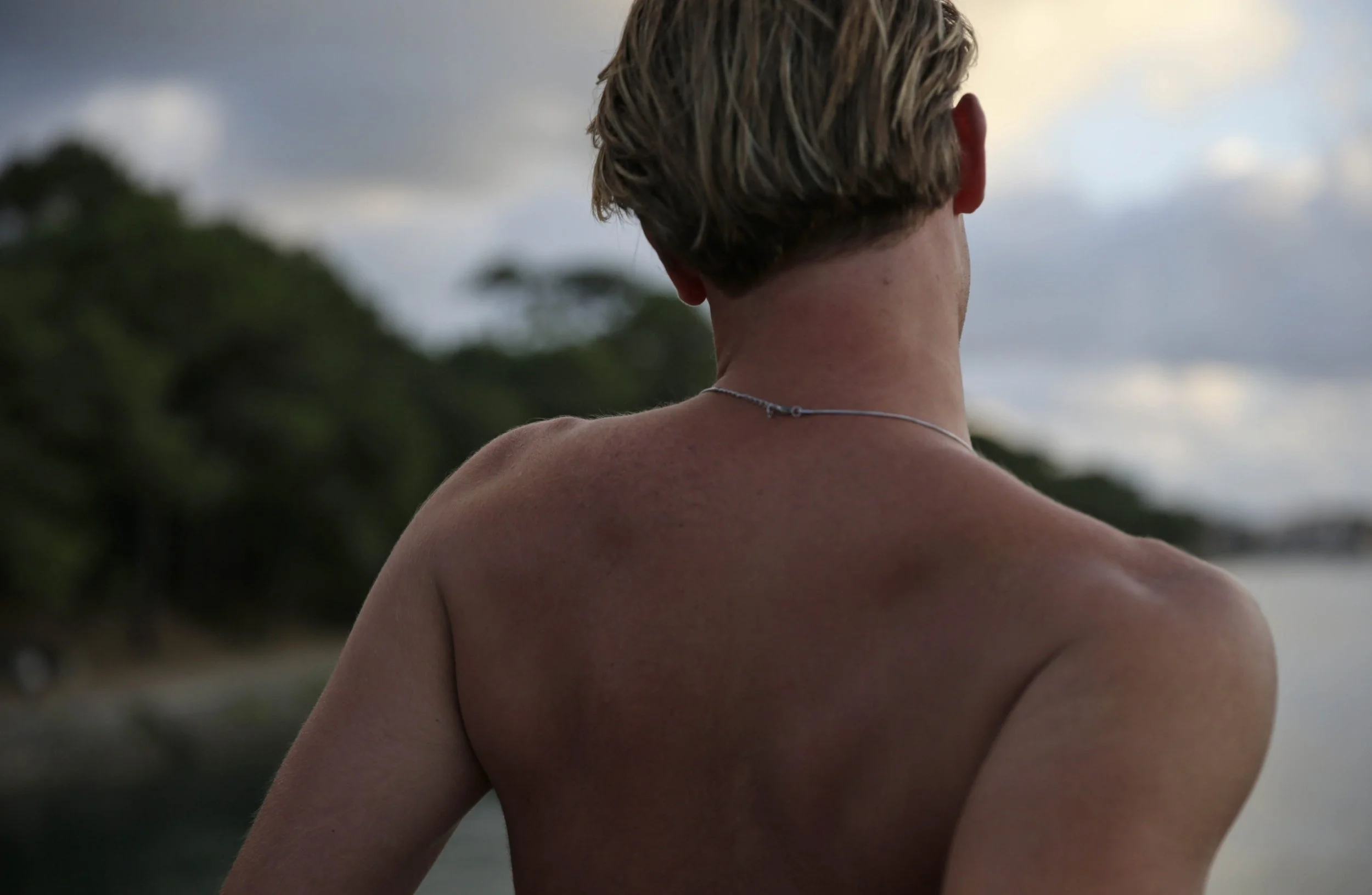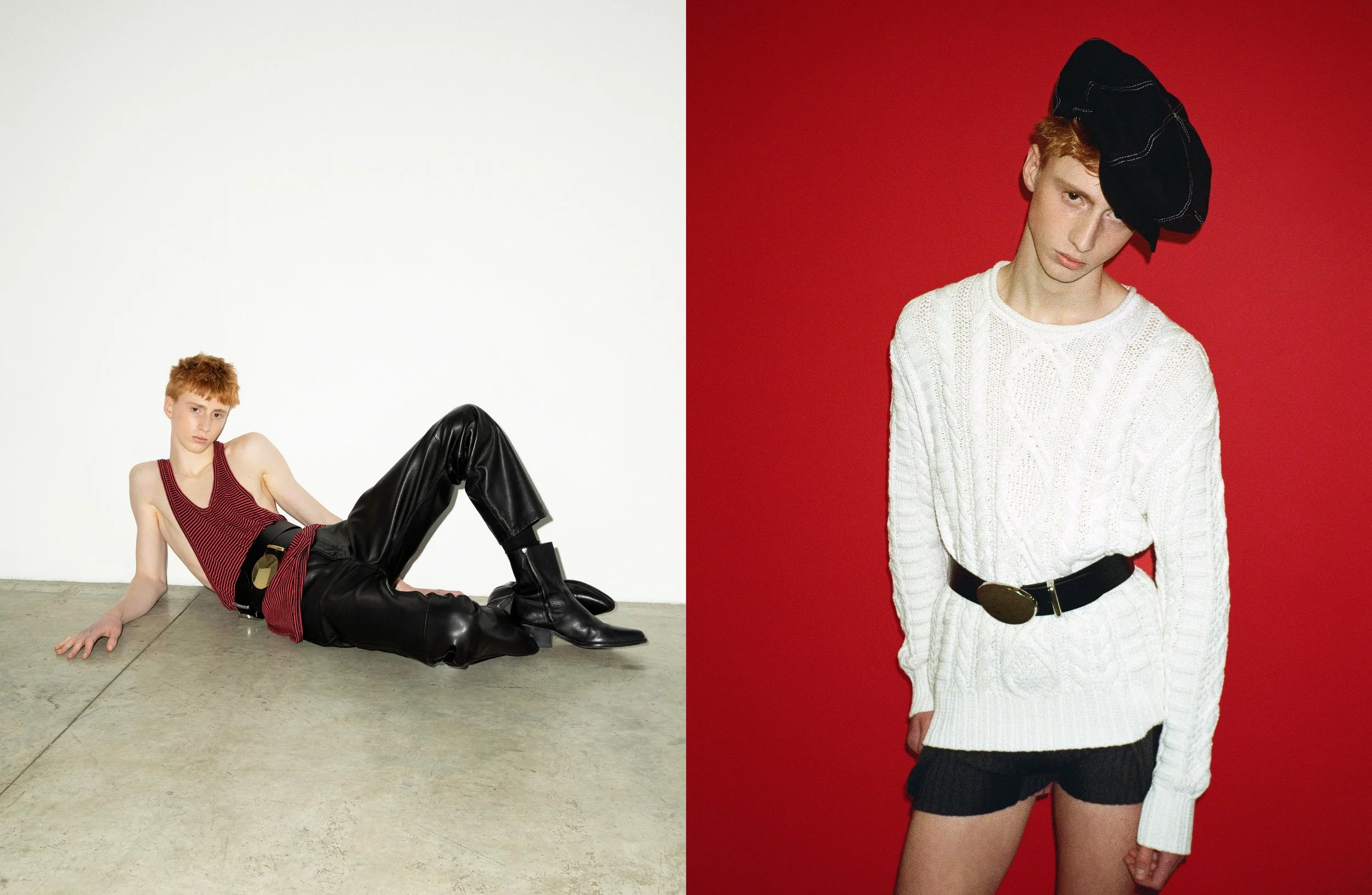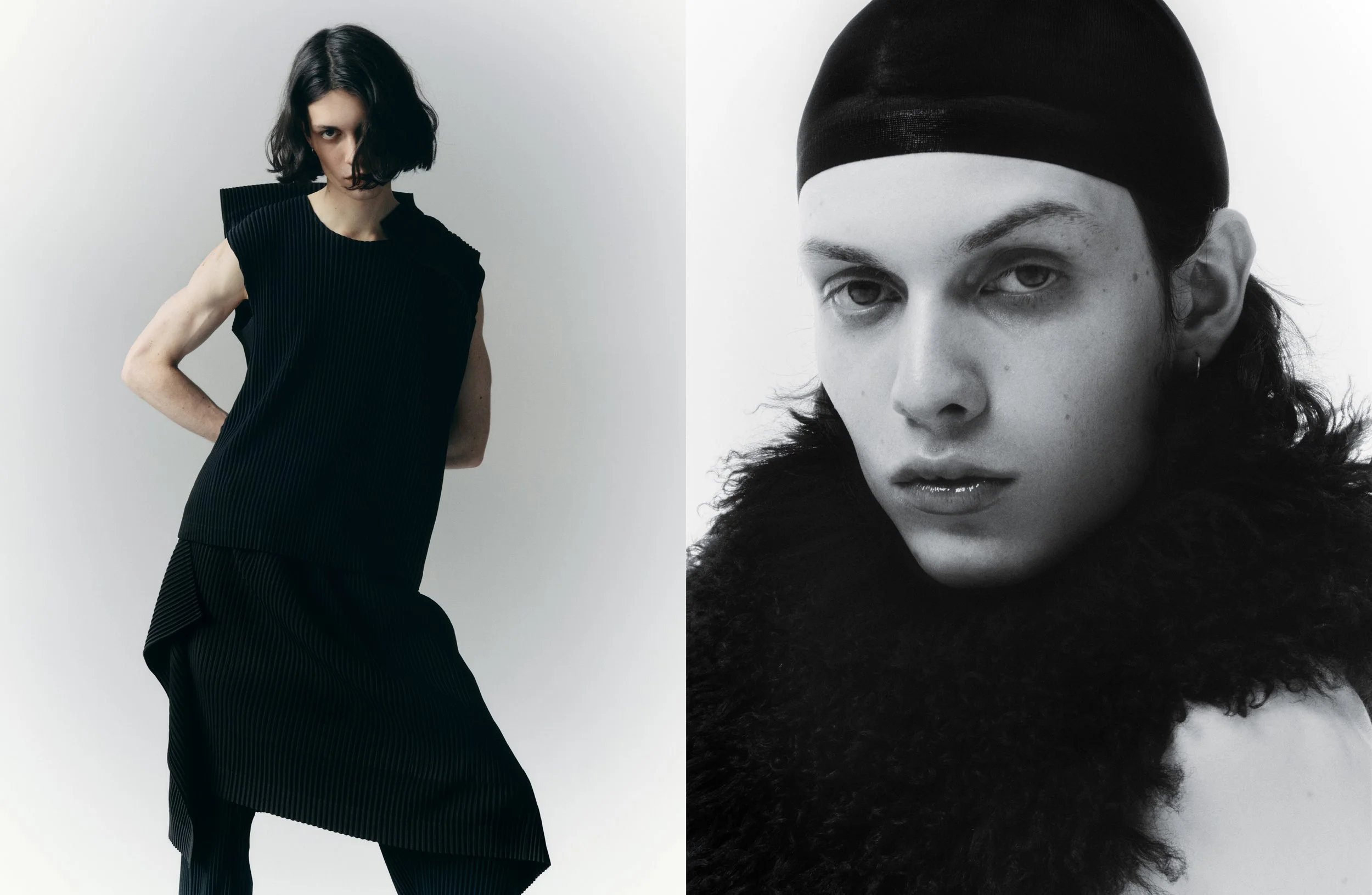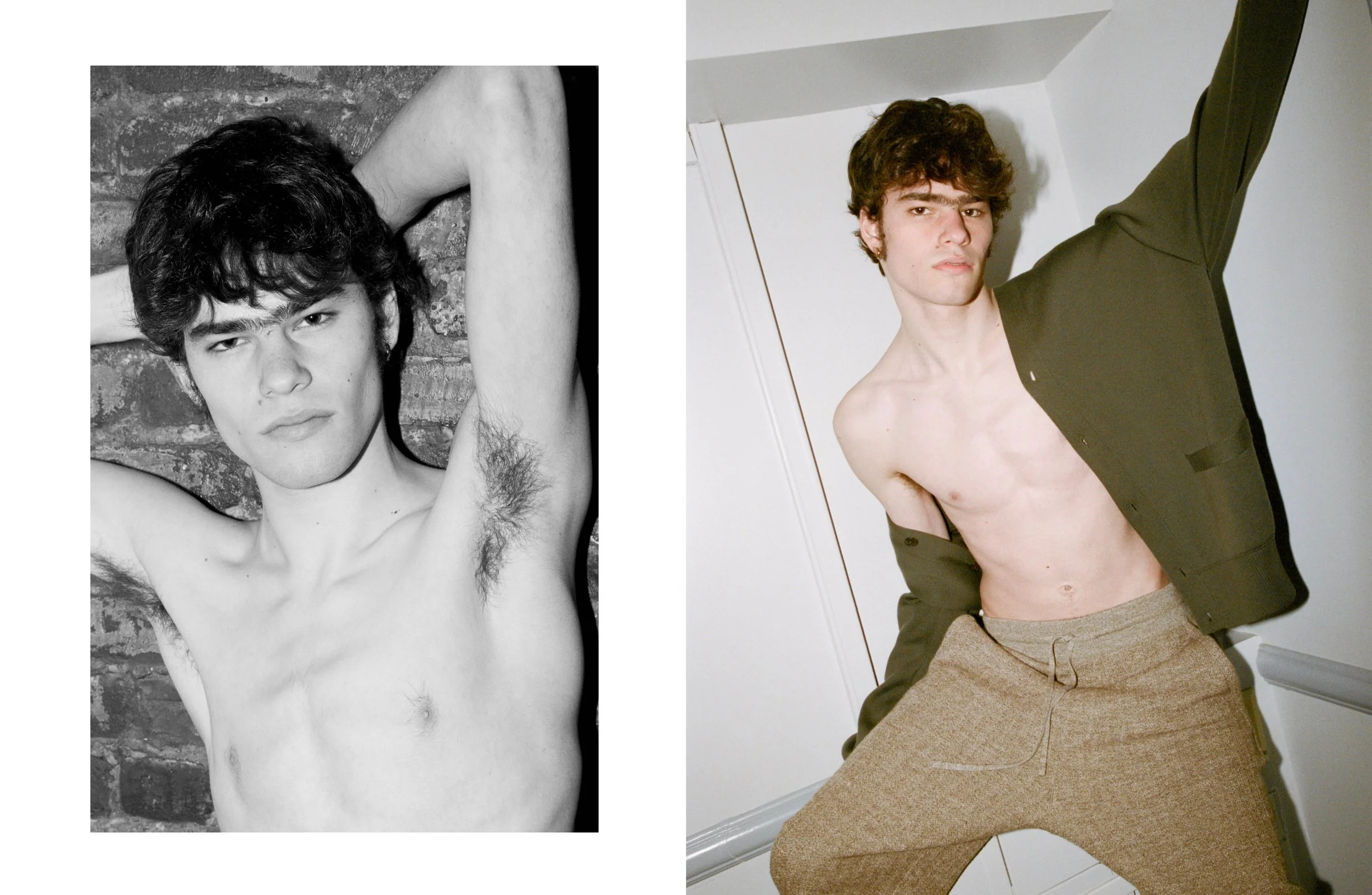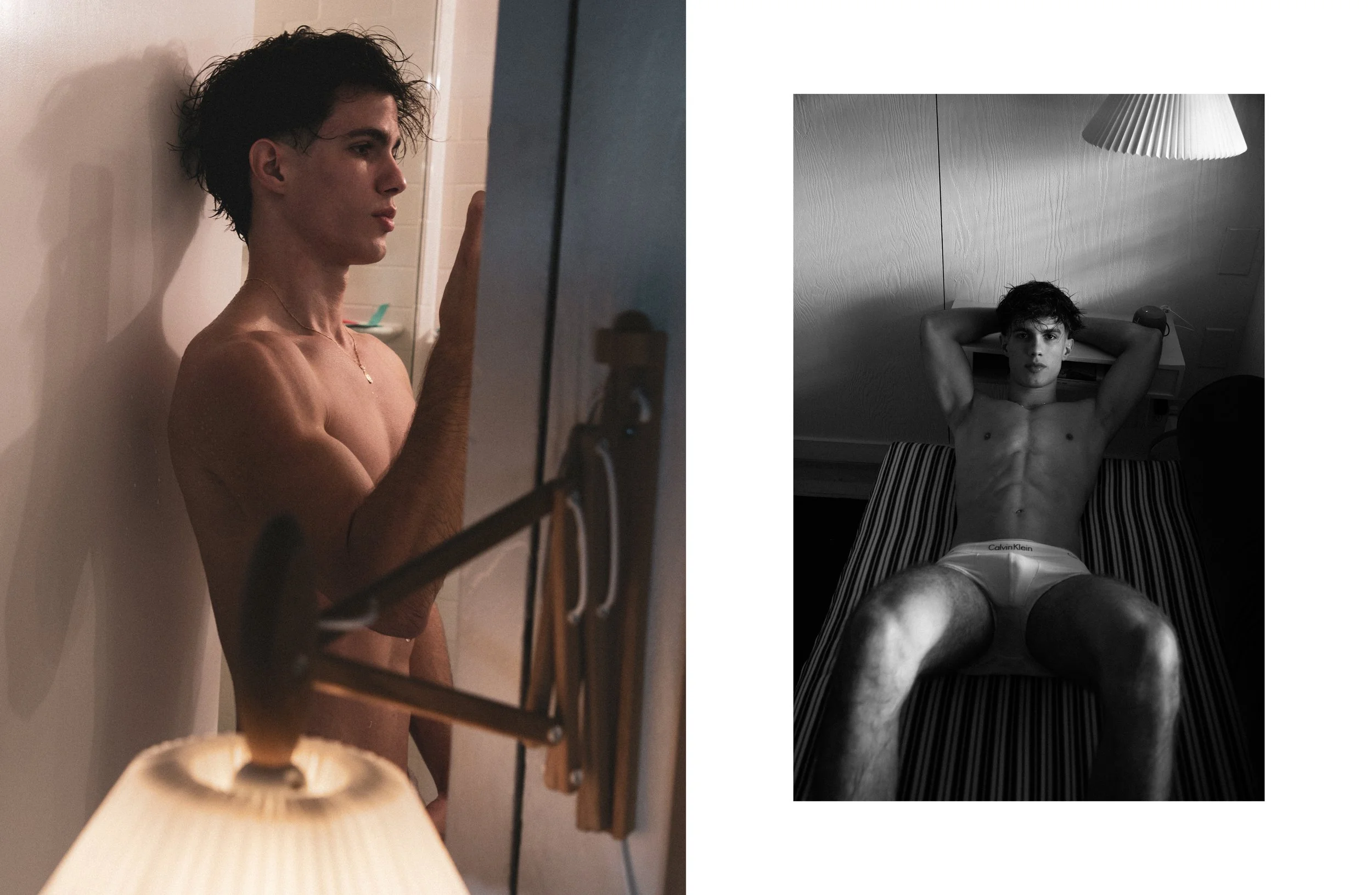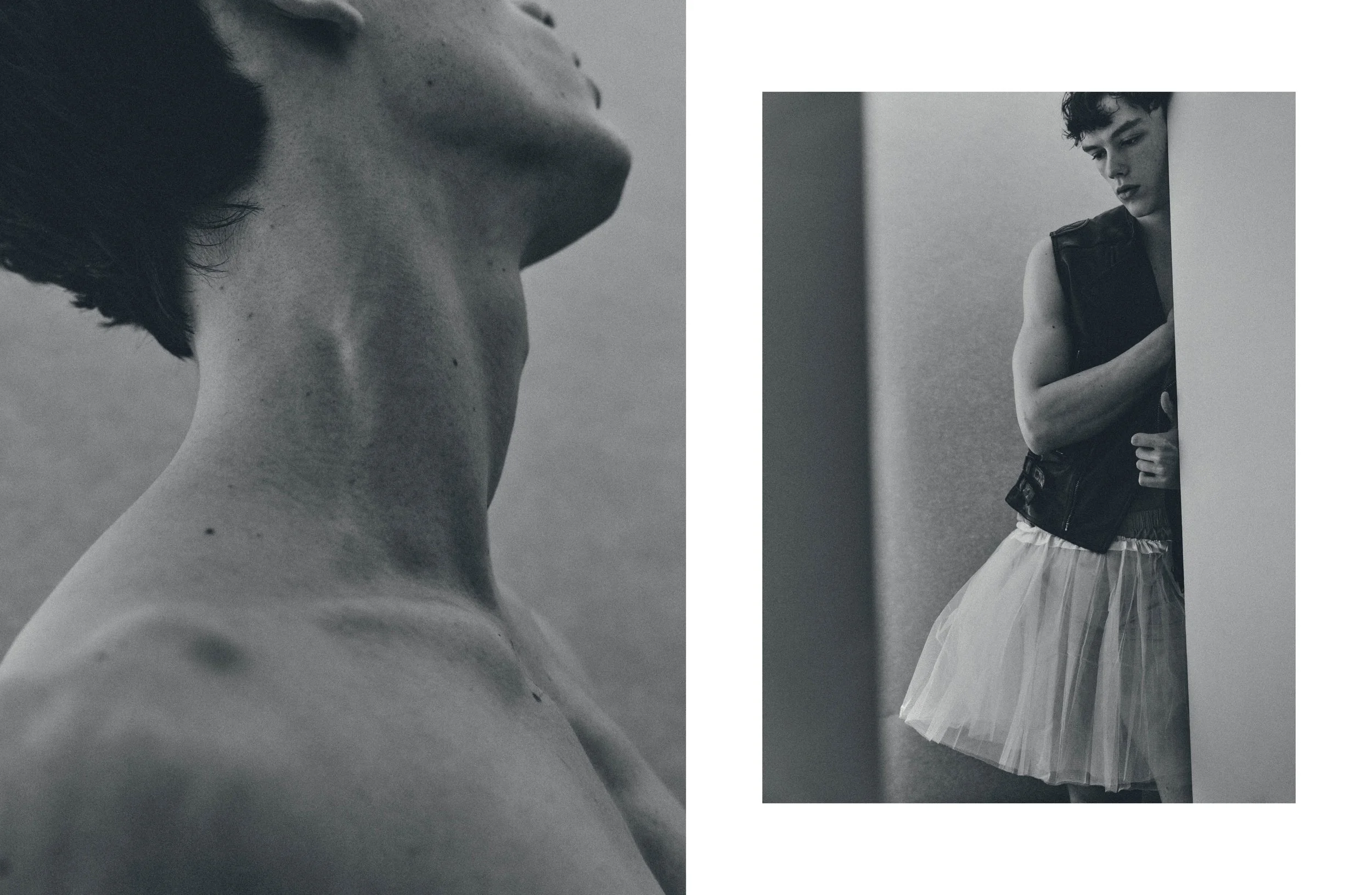For Morpheus, working on his debut EP Morphosis has been a process of healing. After unexpectedly losing his mother a couple of years ago, the young Dutch artist (whose real name is Martijn Verhagen) found solace in writing songs that celebrate her life and monumentalise his memories of her. “Music was my opportunity to escape from the darkness and transform the sadness of loss into beauty,” explains the singer-songwriter. “Even though the subject is quite heavy, the songs try to offer uplifting perspectives as well. That helped me get through it.” Ahead of the EP’s release, we spoke to Morpheus about being strong while staying vulnerable, honouring his mom through pursuing his dreams and feeling inspired by nature’s serenity.
“Although my songs are hyper-personal, Morpheus helps me build a world around my music. It allows me to be strong while staying vulnerable.”
What is the meaning behind your stage name?
I was always interested in mythology, especially Greek and Egyptian, and get so much inspiration from the stories and sagas. Morpheus was the bringer of dreams and could shape and motivate people towards action. I hope to do the same with my songs. My friends used to call me the dreamy one. Although my songs are hyper-personal, Morpheus helps me build a world around my music. It allows me to be strong while staying vulnerable.
You’re about to release your debut EP Morphosis - what are the narratives and emotions that you want to explore with this body of work?
I started writing the EP about two years ago, shortly after my mom passed away. It was all very sudden, no one saw it coming, and at 63, she was still young. That’s why I felt the need to heal myself through writing songs. Music was my opportunity to escape from the darkness and transform the sadness of loss into beauty. Even though the subject is quite heavy, the songs try to offer uplifting perspectives as well. That helped me get through it.
Your new single, Burning in Paris, is written from your father's perspective. What’s the story behind this song?
My mom had so many dreams that were postponed for years. After she passed away, I found a bucket list with all the things she wanted to do when she retired. One of them was going to France to visit her sister and reconnect with the culture she liked the most. Now and then I have conversations with my dad about this. About how he regrets that he thought he had the luxury of time. That if he had a second chance, he would have done things differently.
Do you see your music as a tribute to your mother? If so, in what way are your songs honouring her?
Just after I found her bucket list of backlogged dreams, I felt strongly that it is my duty to pursue my dreams and follow my feelings instead of ignoring them. Besides, my mom was the first person to tell me that I could touch people with my voice. Singing and writing these songs felt — and still feels —like I’m monumentalising my memories of her.
For the past few years, I struggled with the thought, ”How can someone so dear, ‘disappear’ in a blink of an eye? There must be a way that she’s still here’’. I simply decided that she was still here. Even if she’s just still here in my memories. After all, a loving memory is a legacy too. The song Gold is about how these memories are just like golden trophies that you can store within your heart. That’s how a loved one never really disappears when they pass away.
Who are the artists that you look up to the most? In what ways have they inspired the way that you approach working on music?
Artists like Jacques Brel, Charles Aznavour, and Zeki Muren inspired me immensely. These days it’s often about catchy hooks and flashy productions, but I adore (and miss) the fact that they only needed a mic and a spotlight. Their songwriting and vocal delivery simply were enough to ‘wow’ a crowd. This inspired me to record all the songs in just one take, like in the old days. That raw emotion of that first take is often more valuable than polished perfection.
In one of your Instagram posts, I read that most of your ideas are born in the forest. What do you love about that surrounding and what is your favourite forest to return to?
I grew up in a very small town so I was always surrounded by nature and animals. But when I was 18, I didn’t really feel like I fit in. So I moved to Amsterdam, to find my people and to feel more comfortable with who I am. But there isn’t much nature to be found in a big city like Amsterdam. Nature’s serenity speaks to me, it inspires me deeply. That’s why most of my lyrics and song concepts are written in nature. I don’t like writing in a room full of people because songwriting is an organic process for me. I try to quiet down the surroundings outside in order to make sure that the voice inside gets a little louder. I believe you need that inner voice as loud as possible in order to write an authentic song.
My favourite places to go to when I’m in need of this serenity are De Veluwe, Campina and Kennemerduinen, all in The Netherlands.
What goals have you set up for yourself as an artist?
With new music, I’d like to experiment with contemporary beats, different song structures and cinematic sounds. Combining flavours from the old and the new gives me the framework to create something that endures the test of time.
This EP was all about telling intimate stories so I didn’t want to be too distracting with my visuals. That is why we recorded live videos for most of the songs. However, music and visuals go hand in hand and I can’t wait to further build the visual world around my music as well. There are many ideas that spin in my head.
What’s your dream place to perform in one day?
I’ve always dreamt of playing in more theatrical and classical venues like the Royal Albert Hall, opera houses or an amphitheatre—places with rich history and special atmospheres that have been around for ages. I would love to play with an orchestra too. And just like in the old days, I would tell my stories with just a mic and a spotlight.
…
Morpheus’ debut EP Morphosis is out on the 17th of March. You can listen to his new single Burning in Paris here.
Interview by Martin Onufrowicz
Photography by Yaël Temminck
